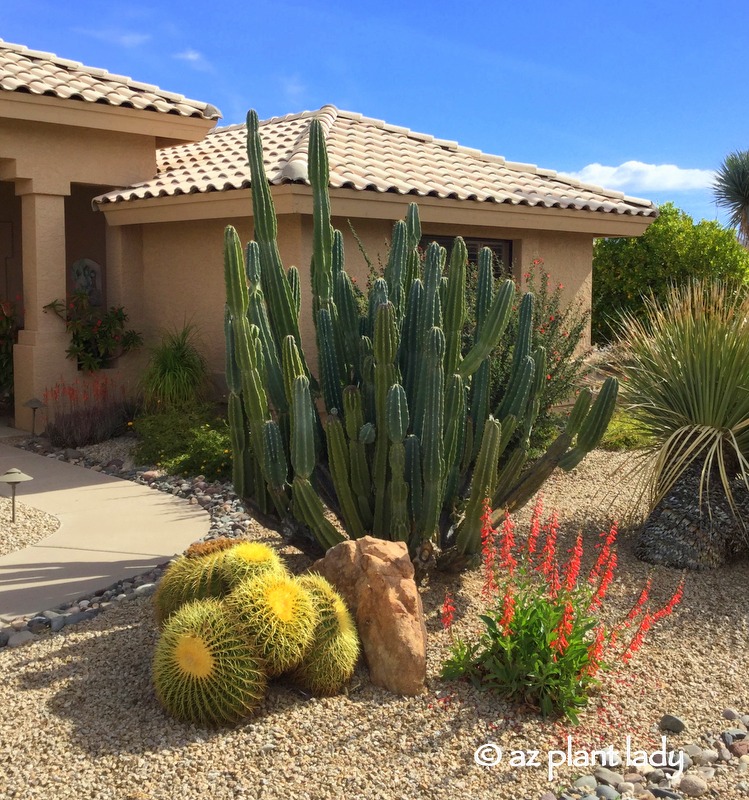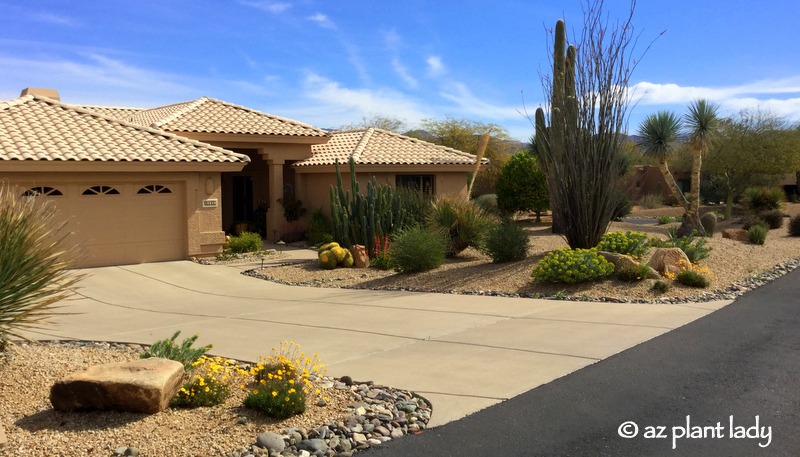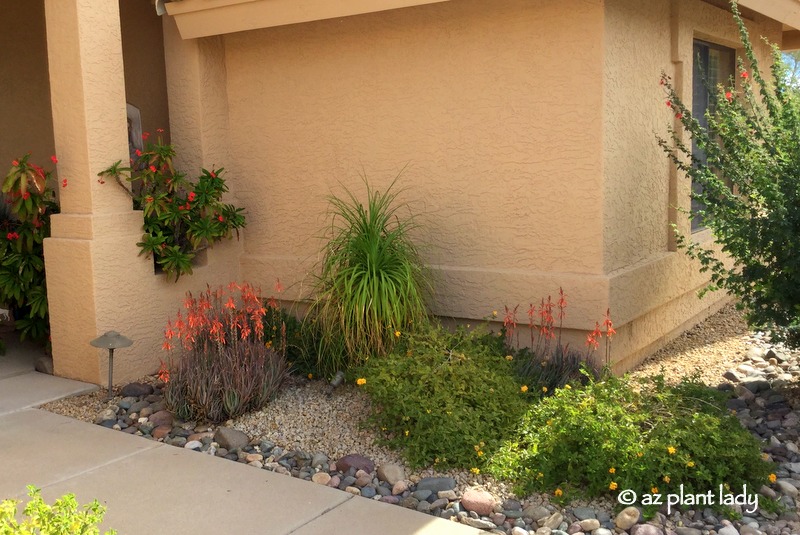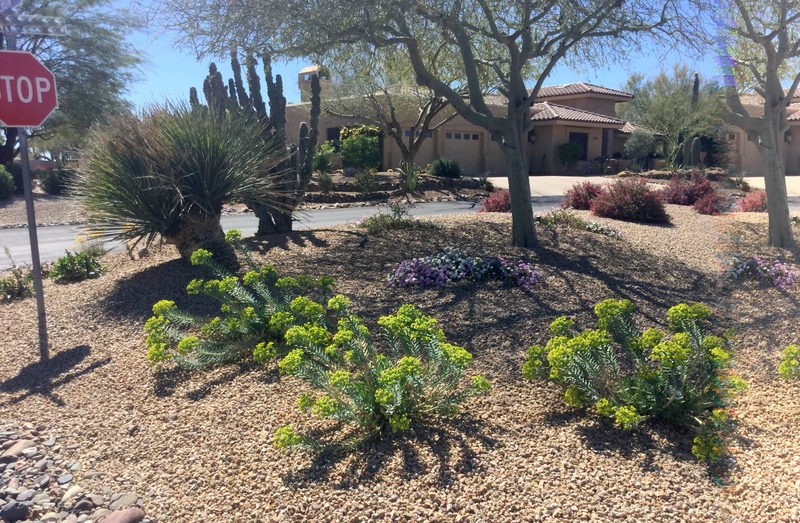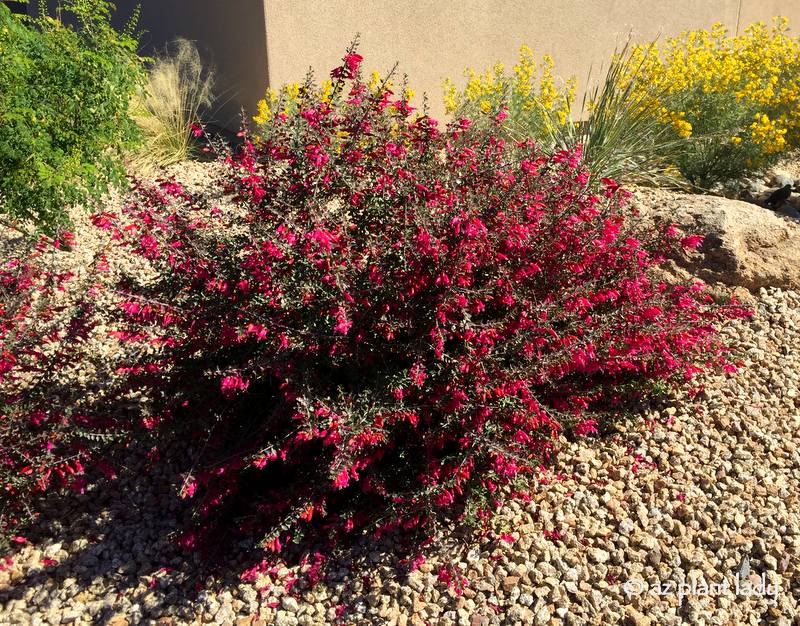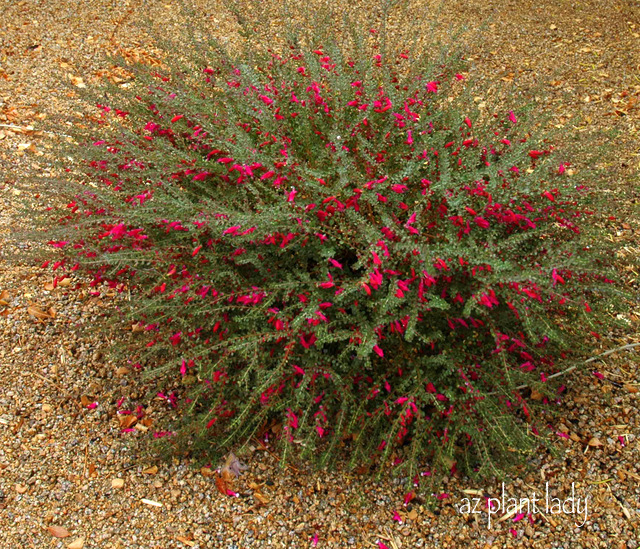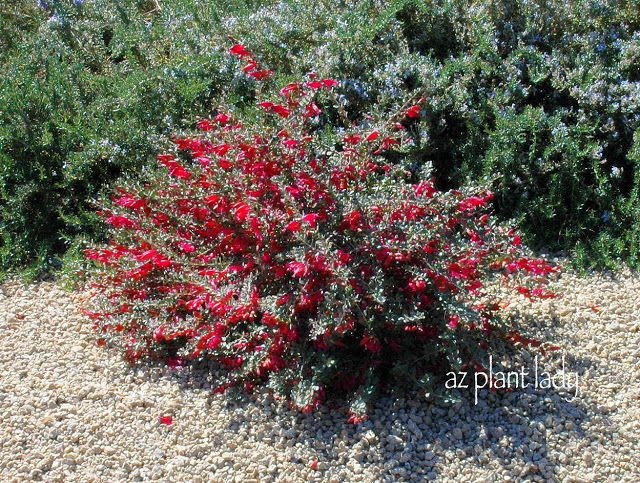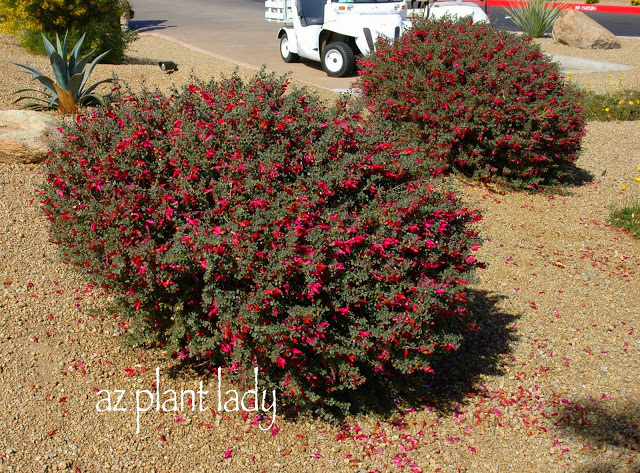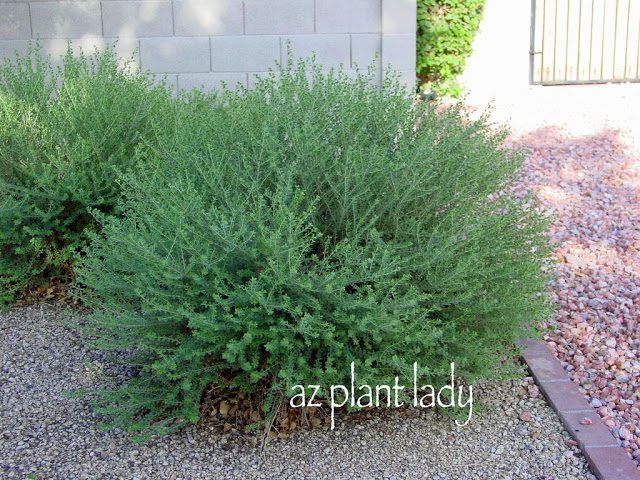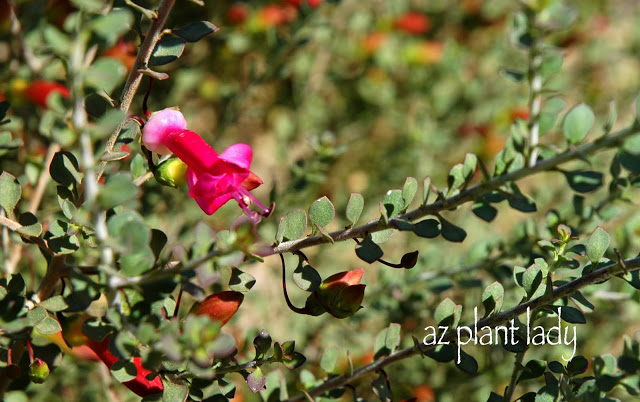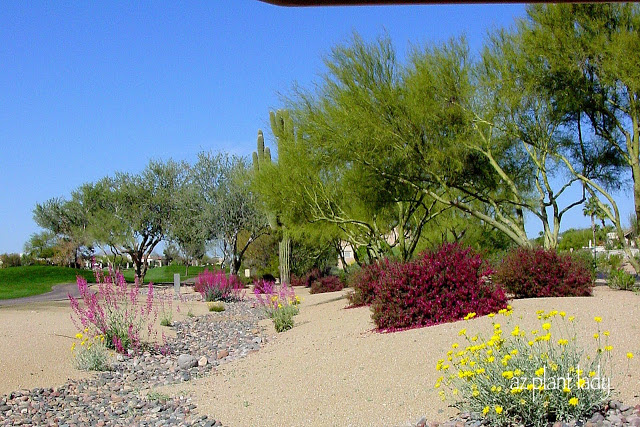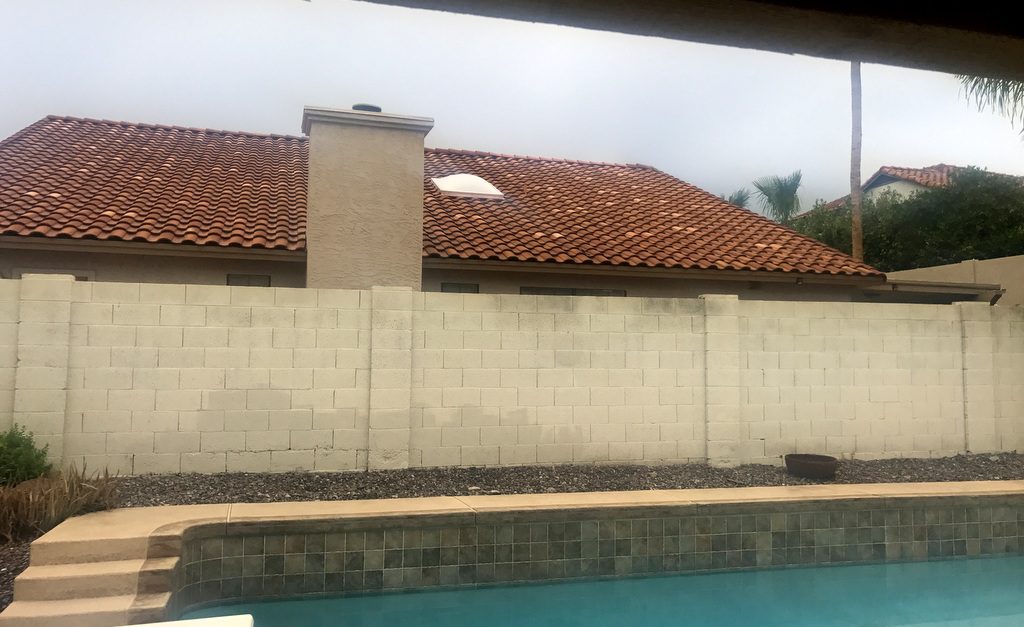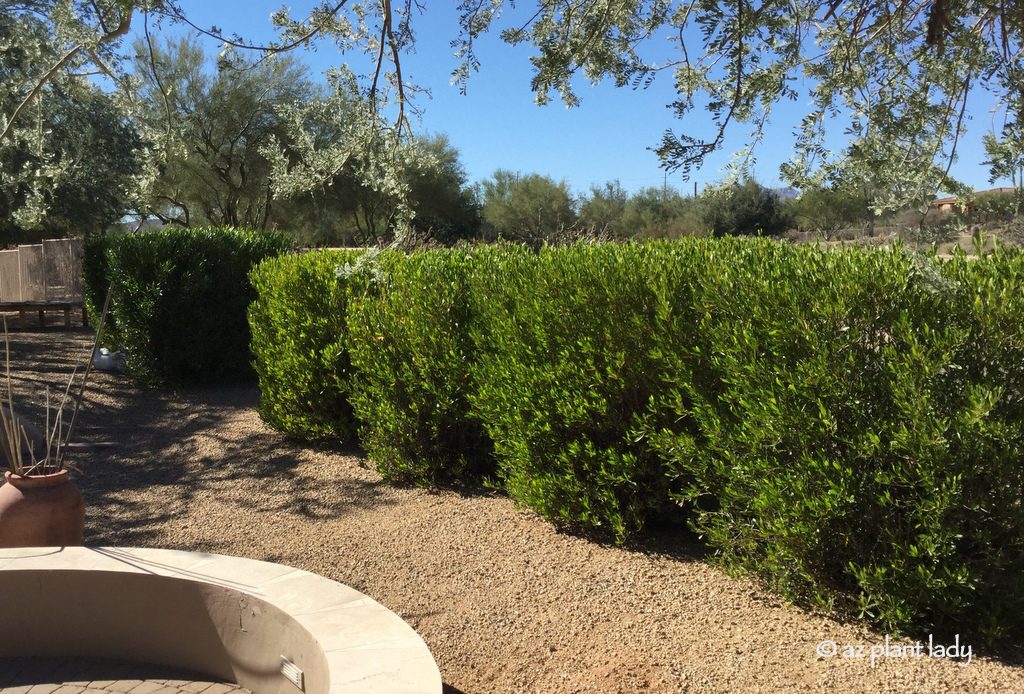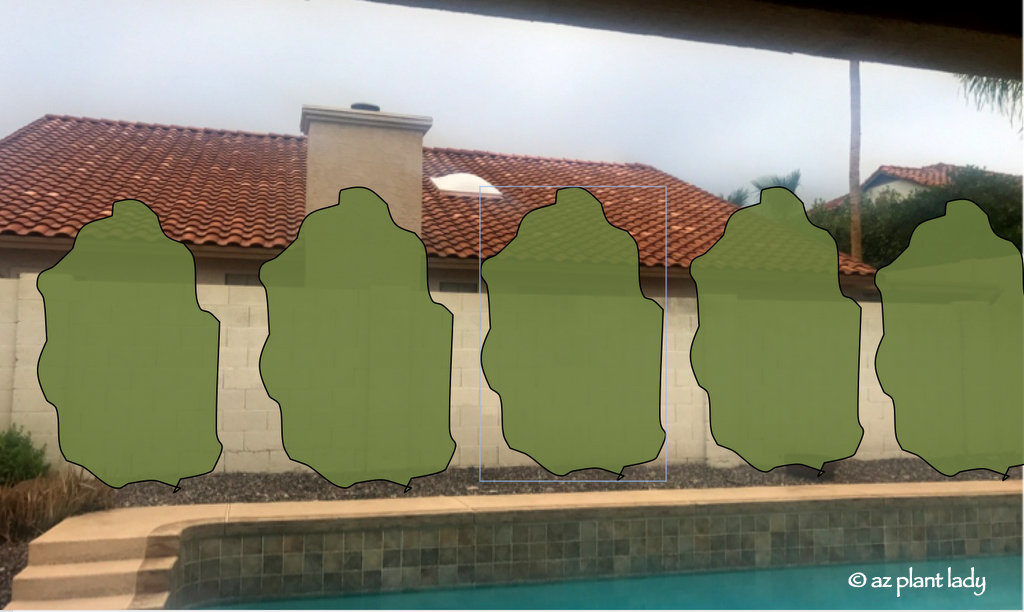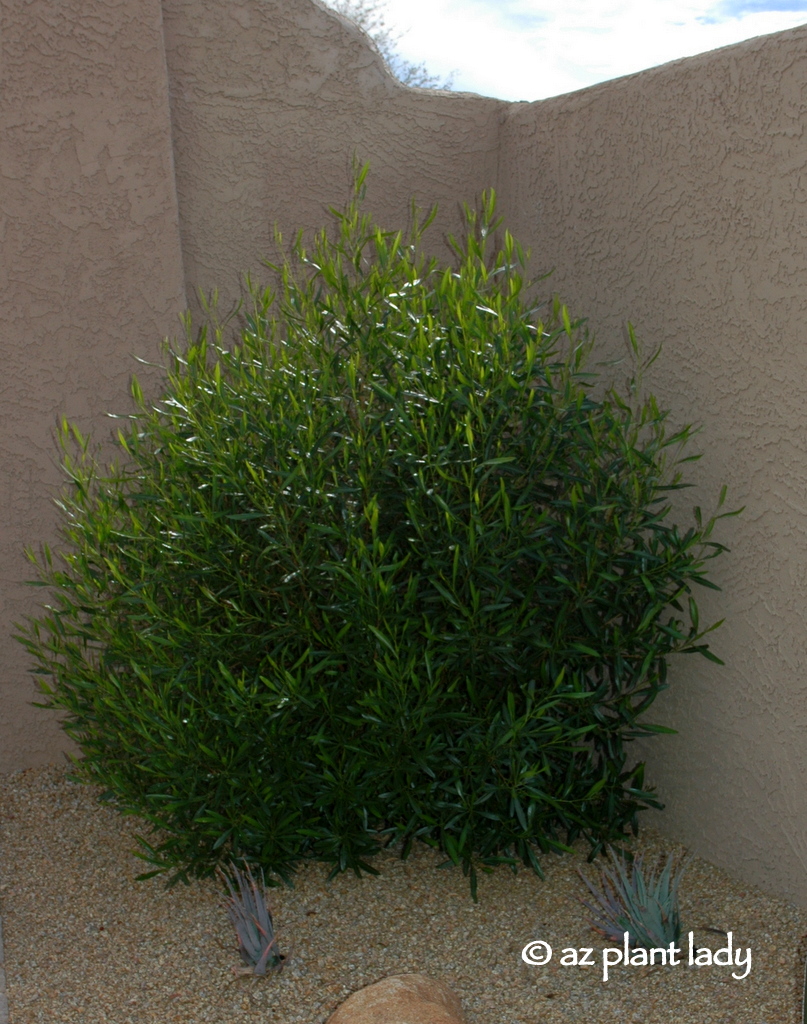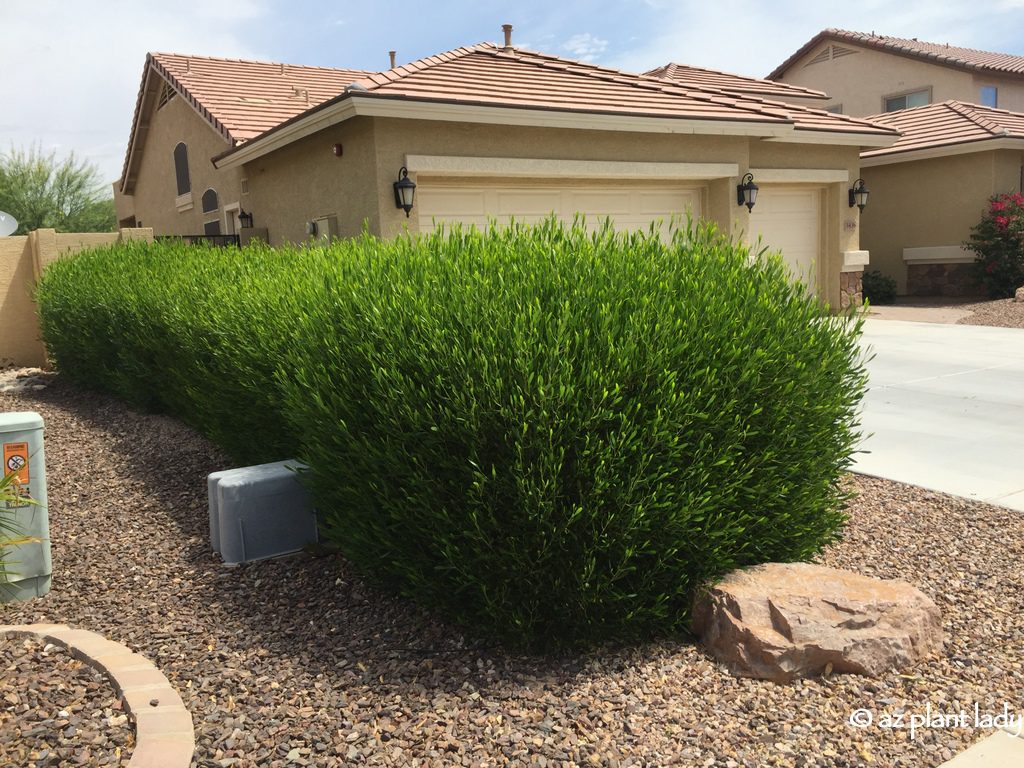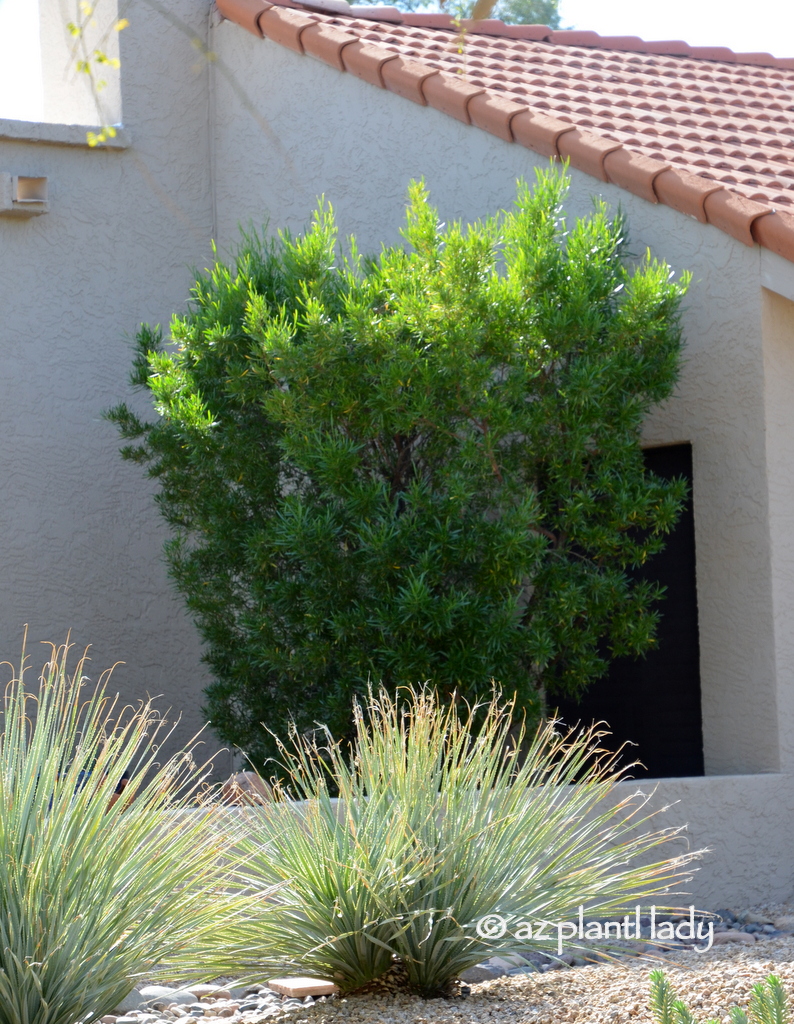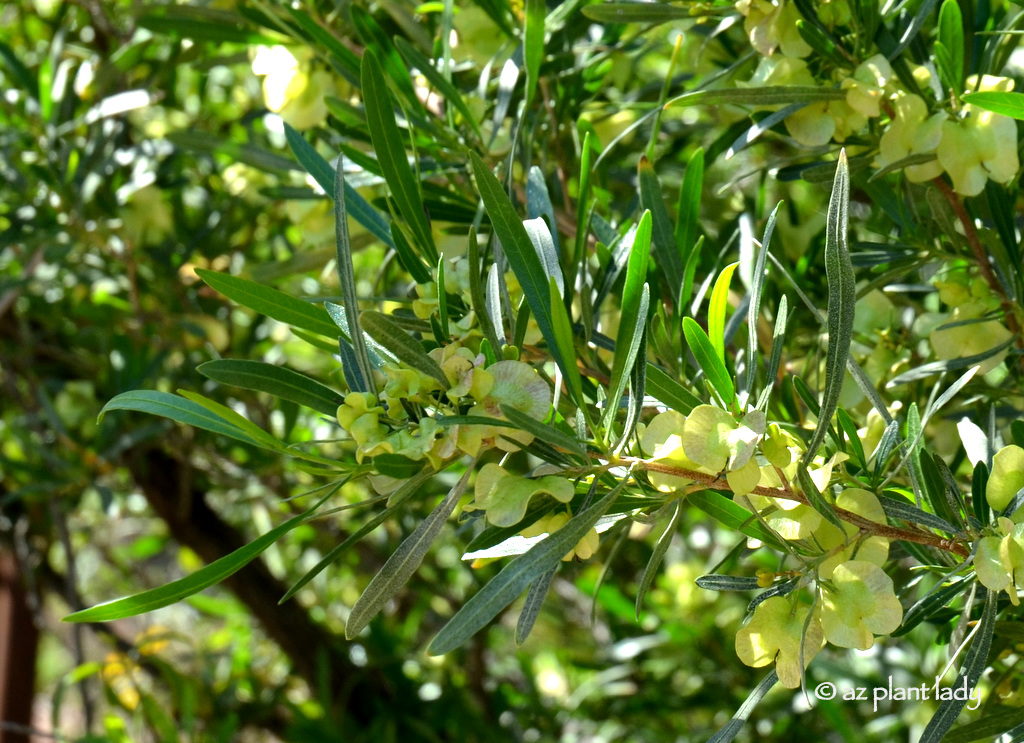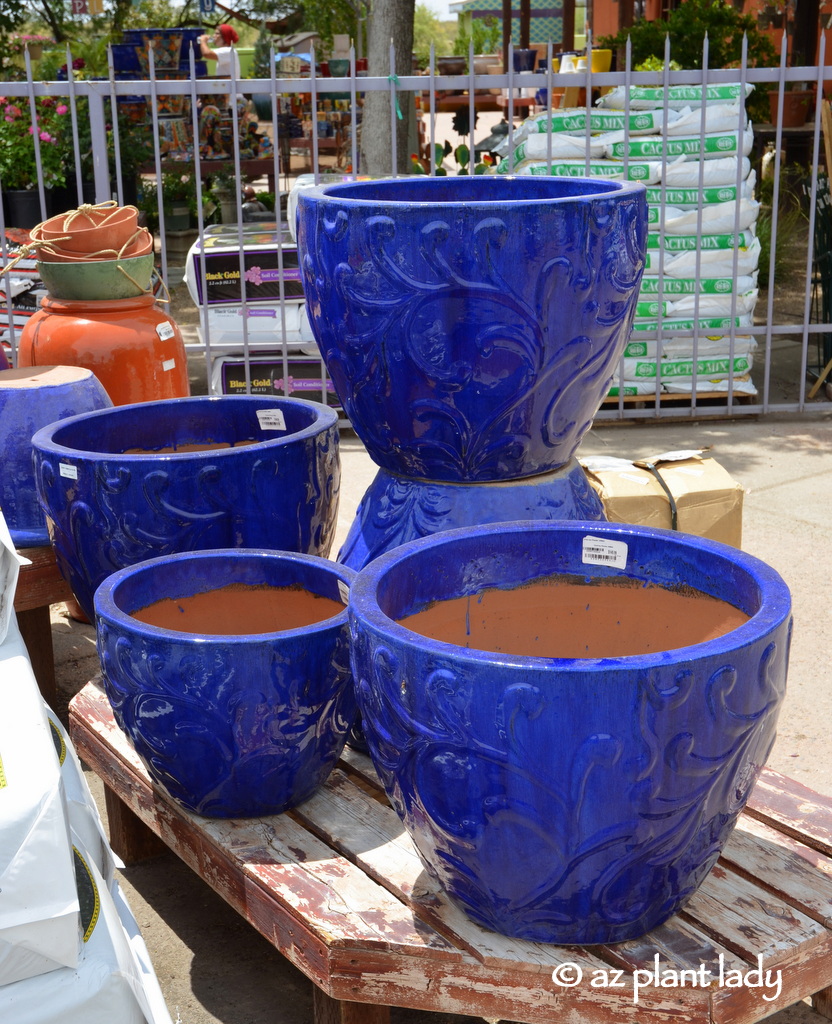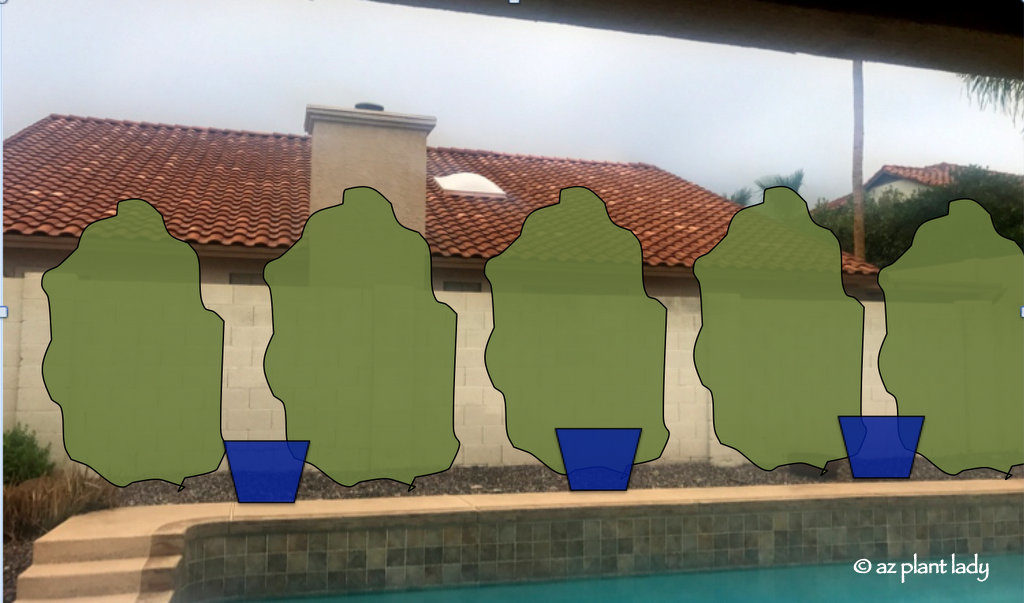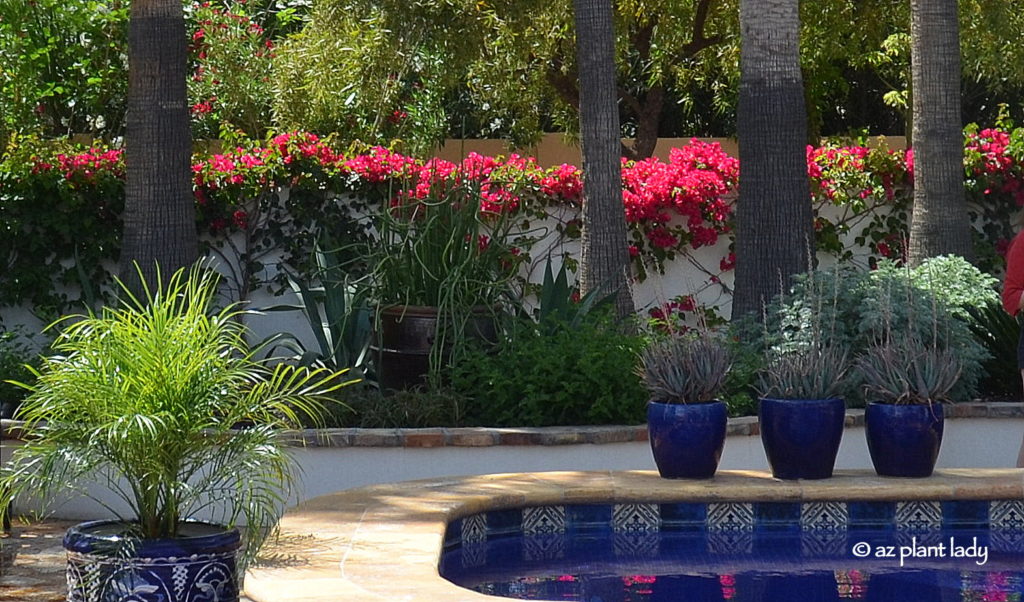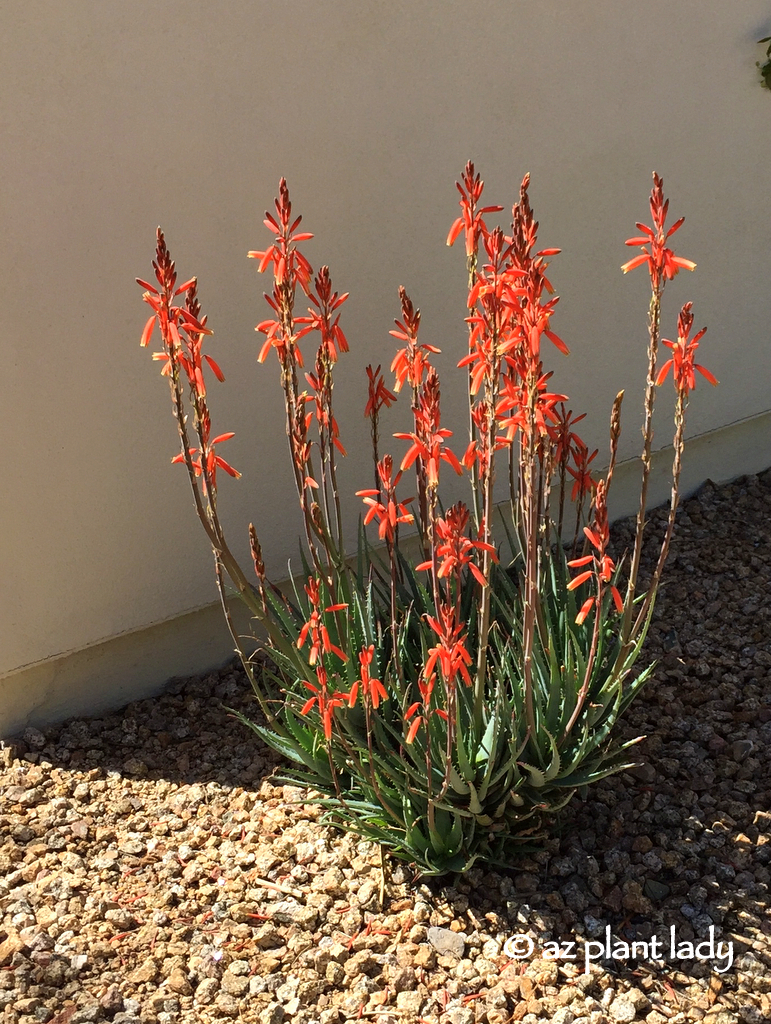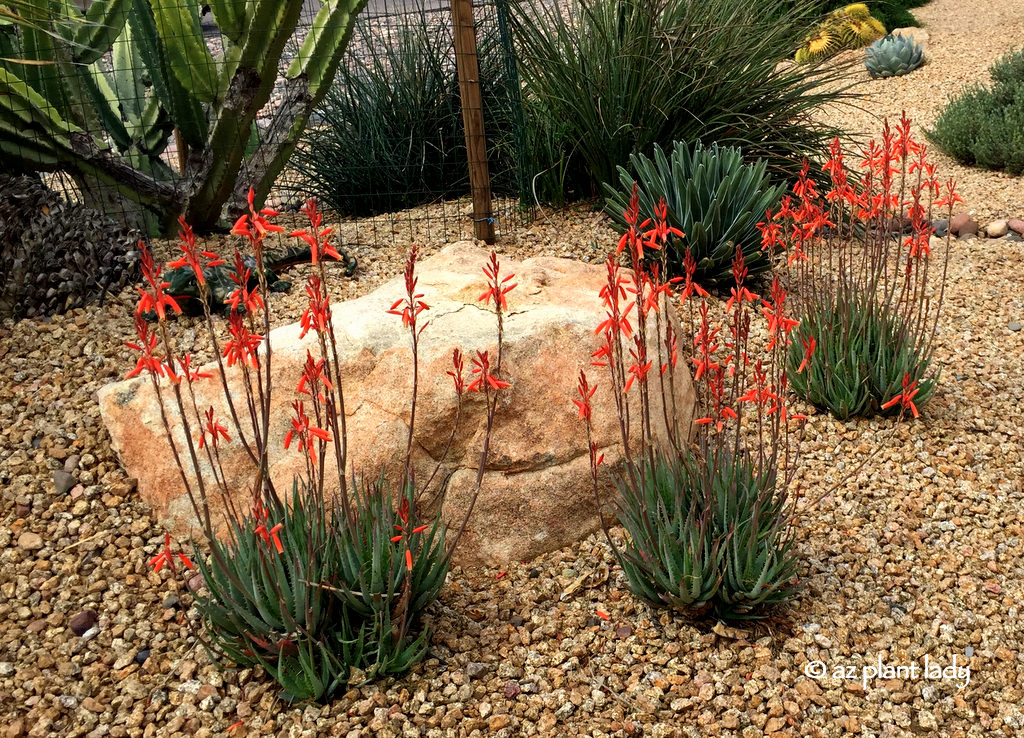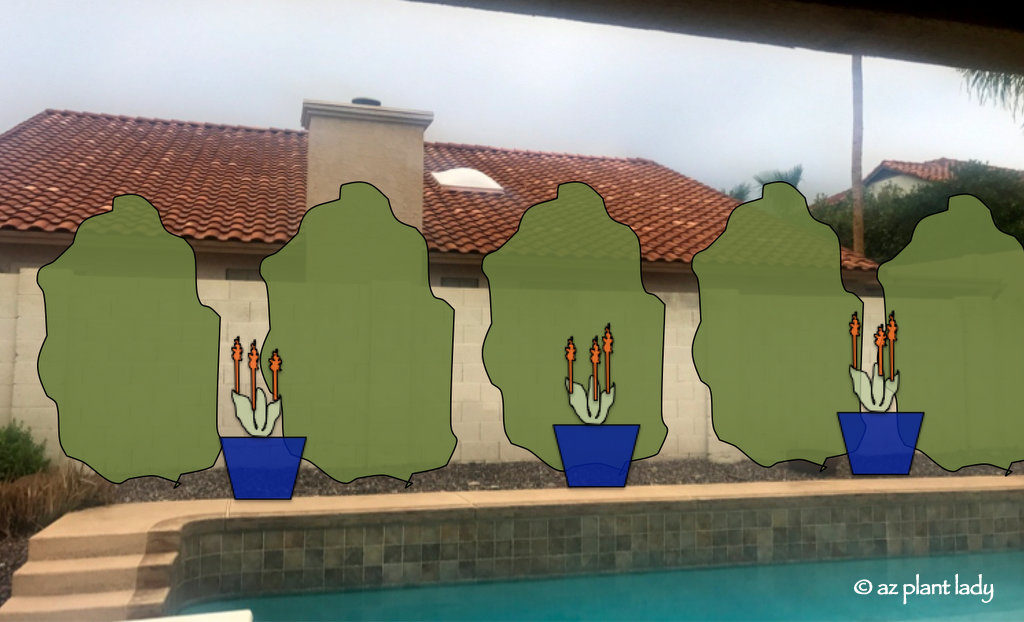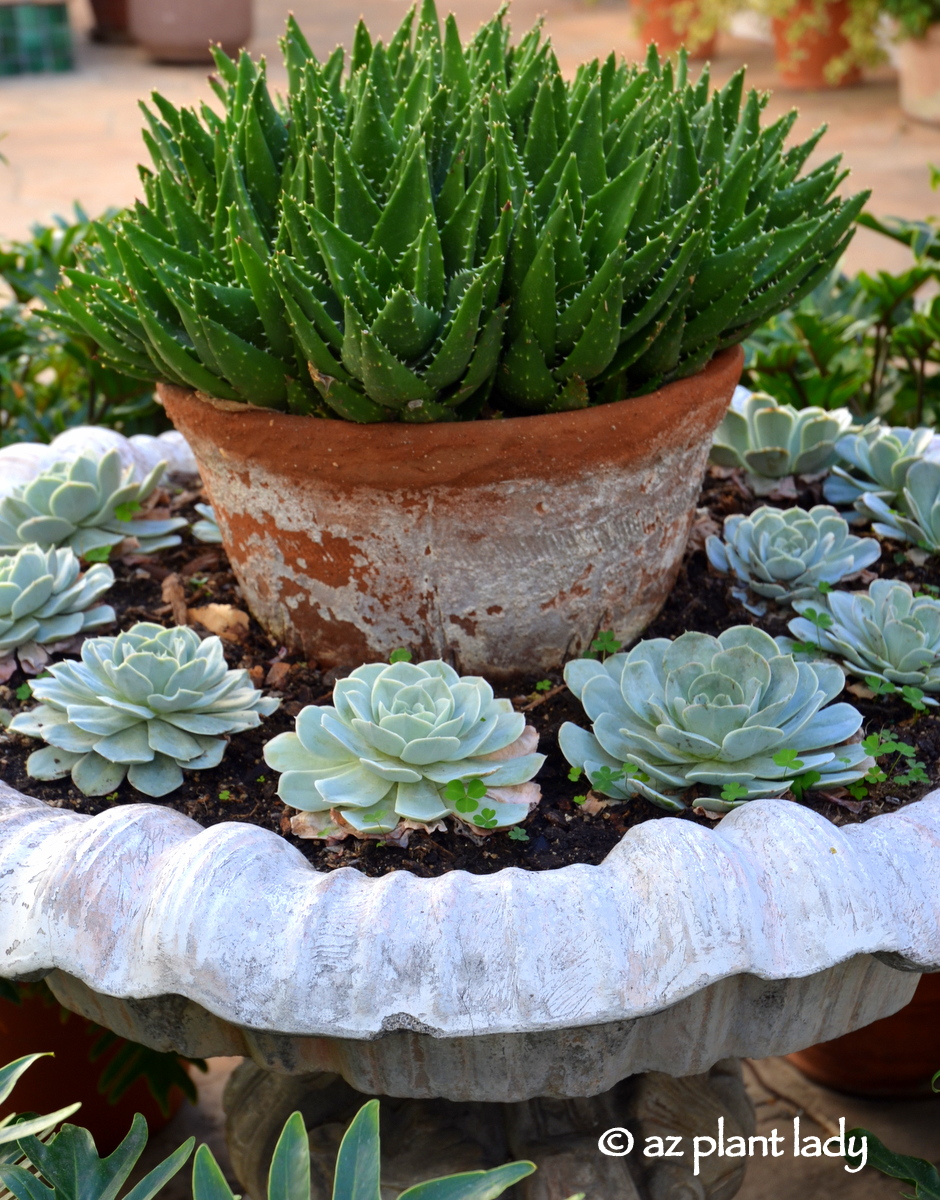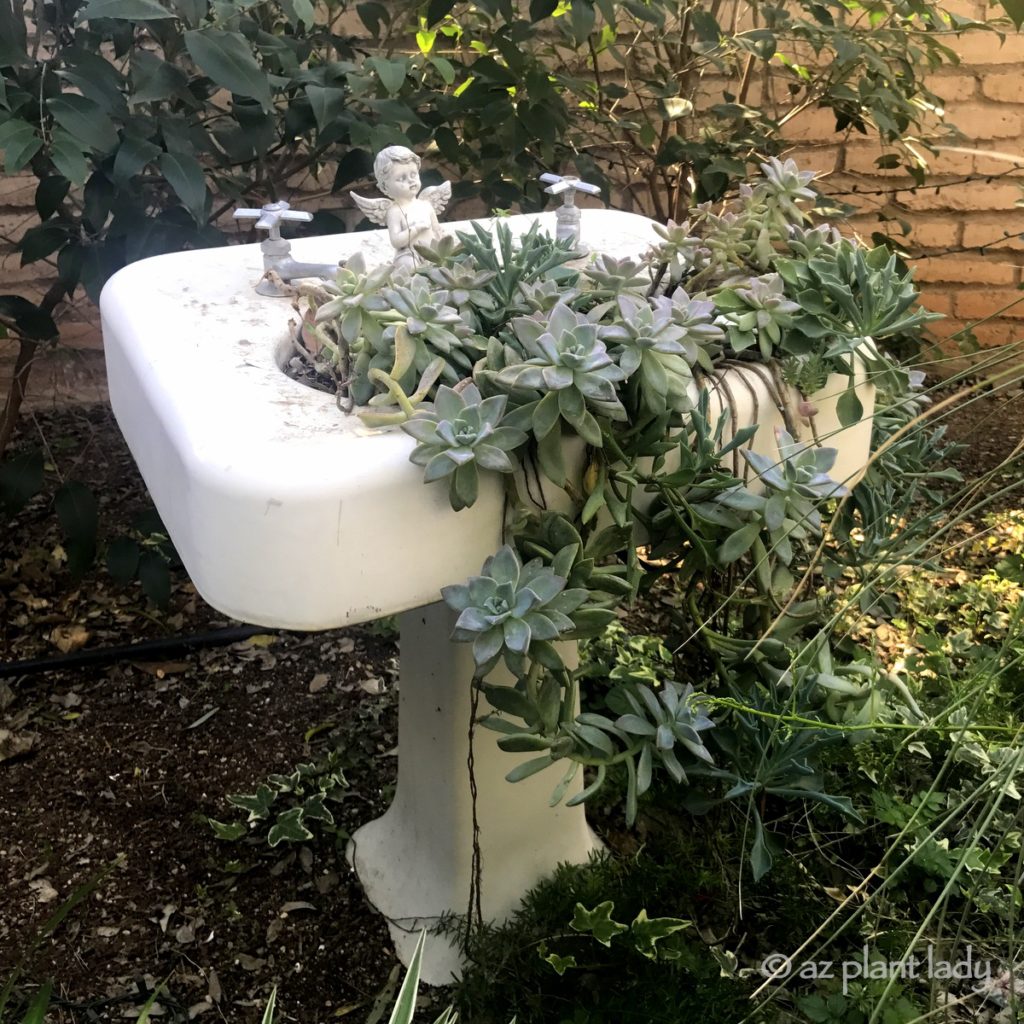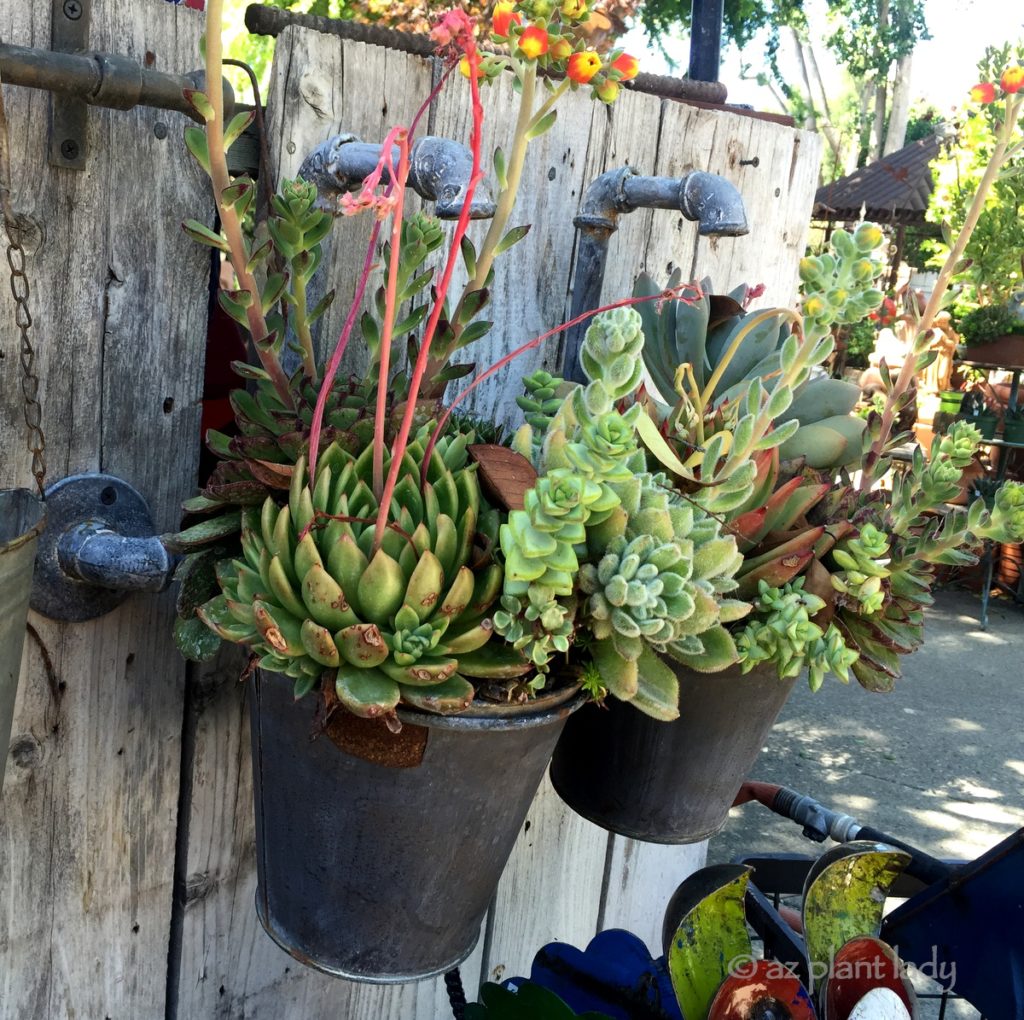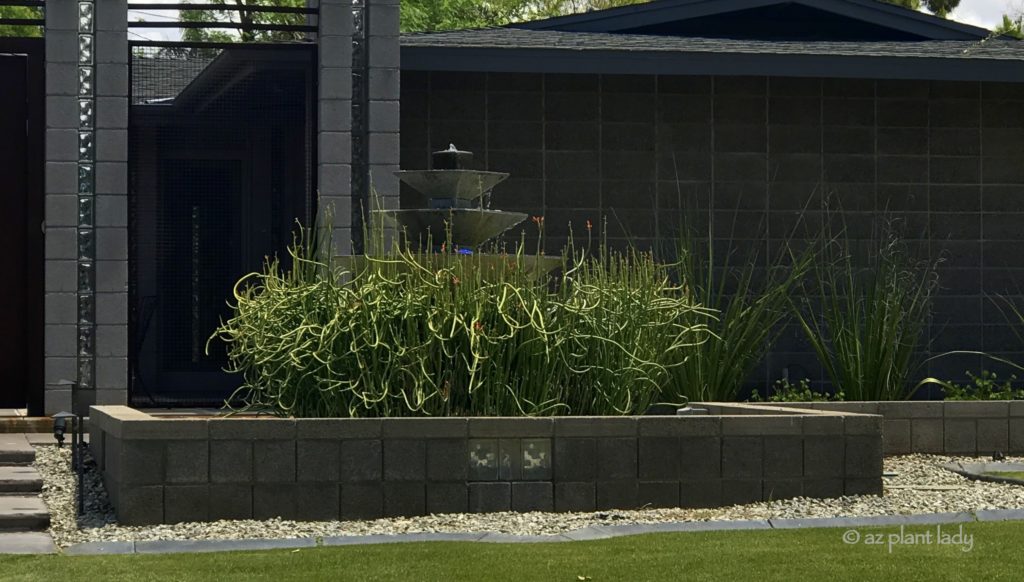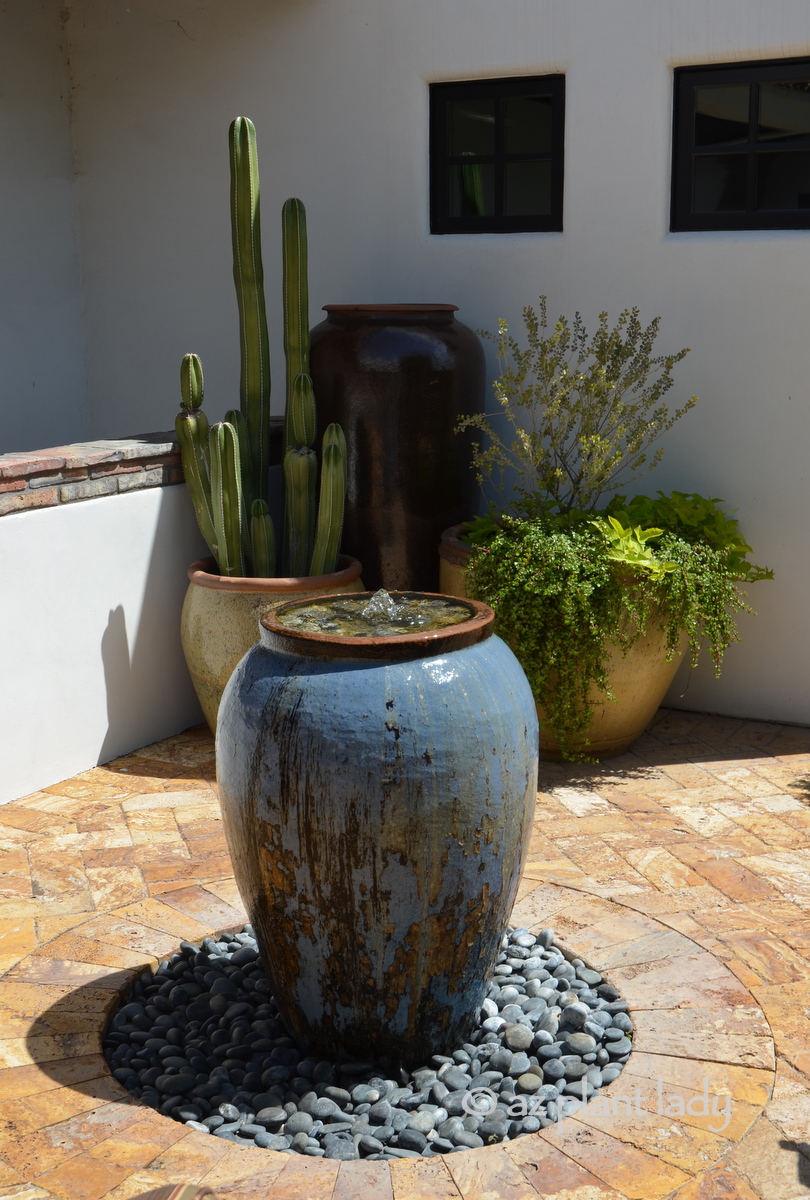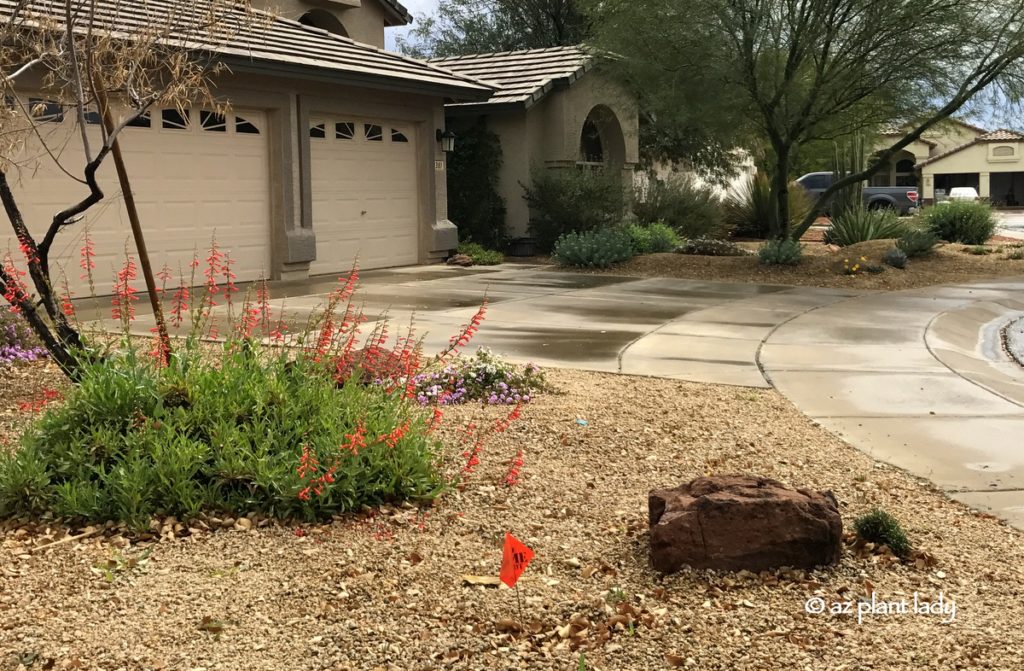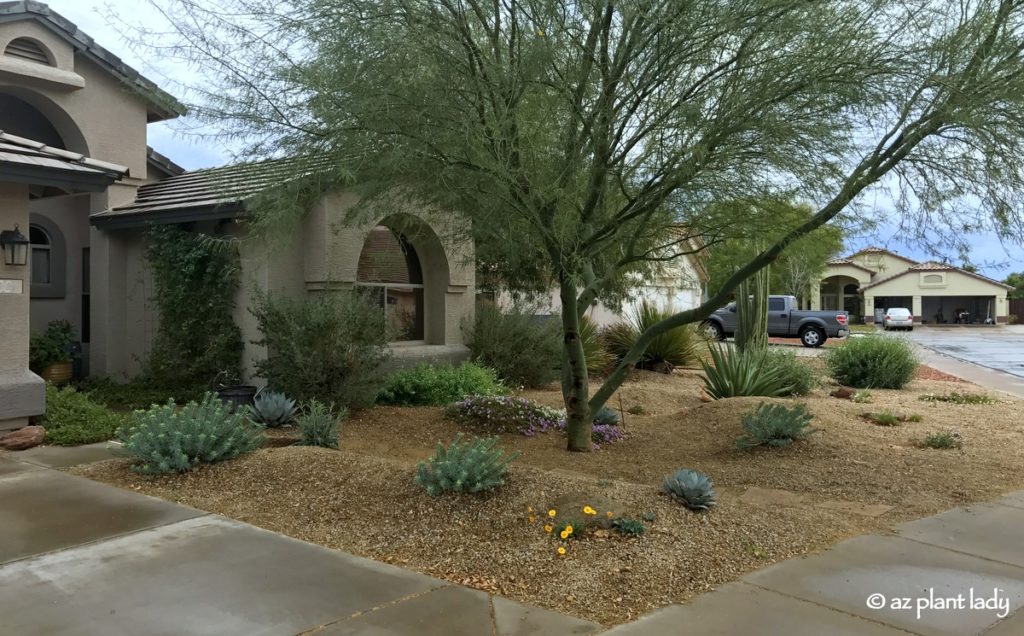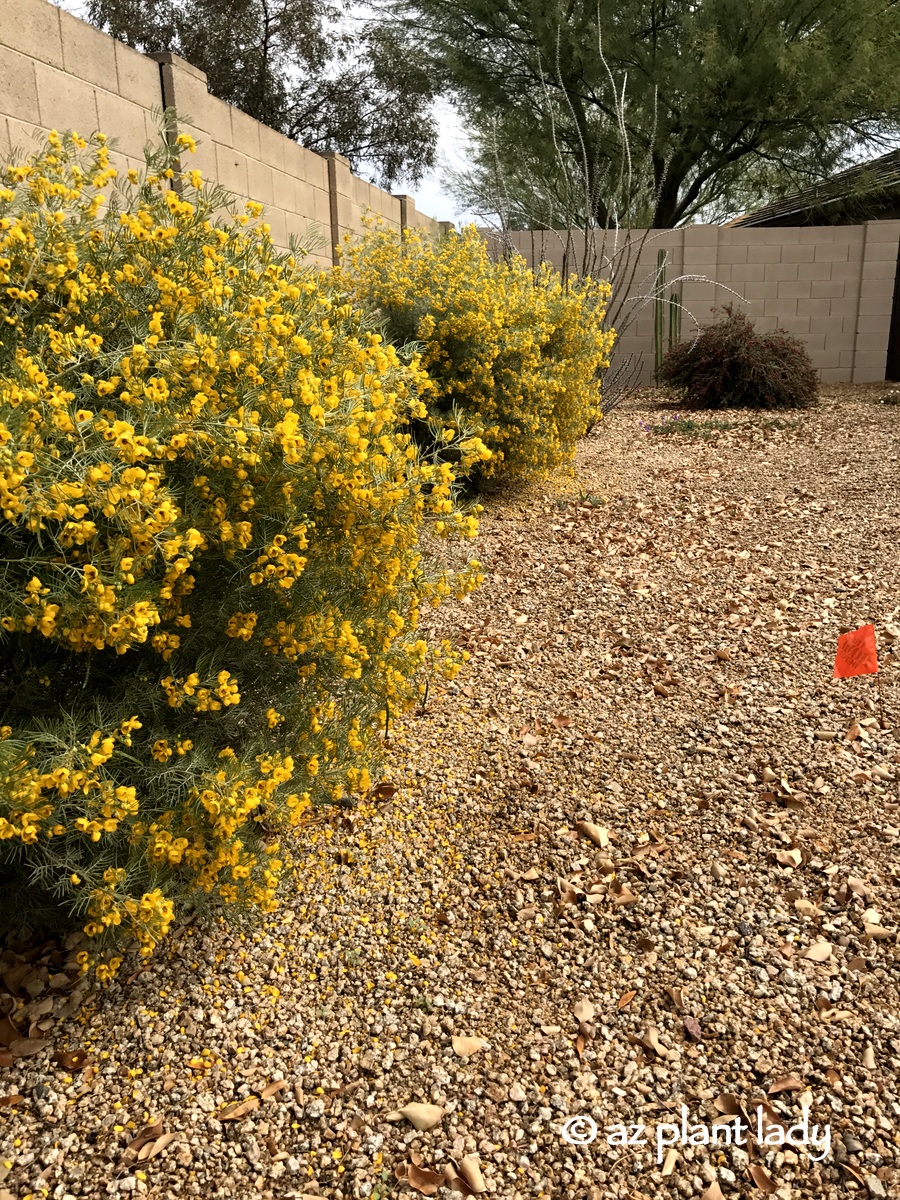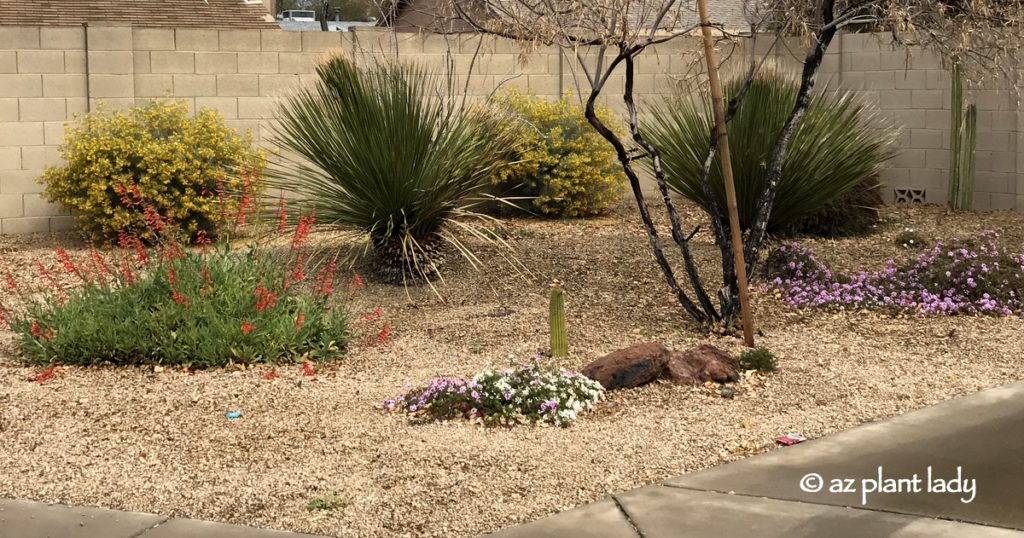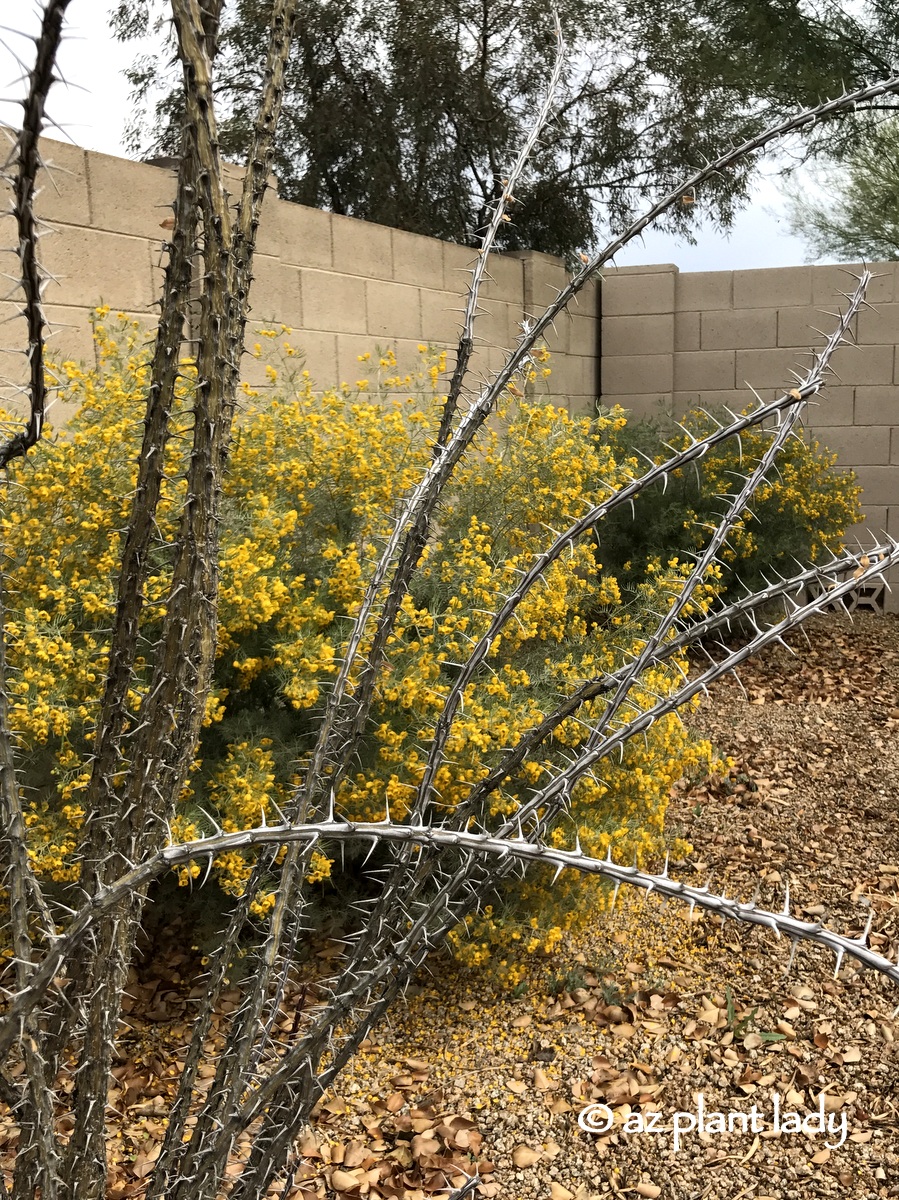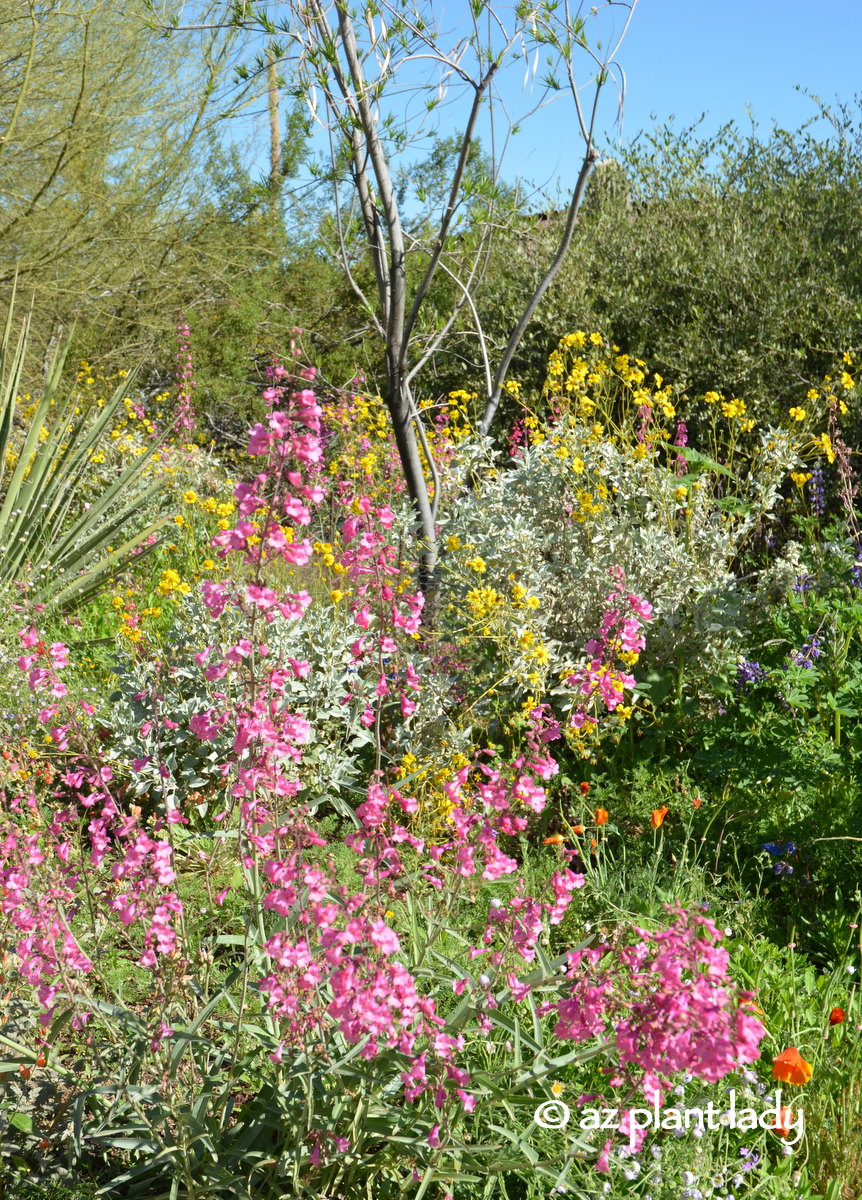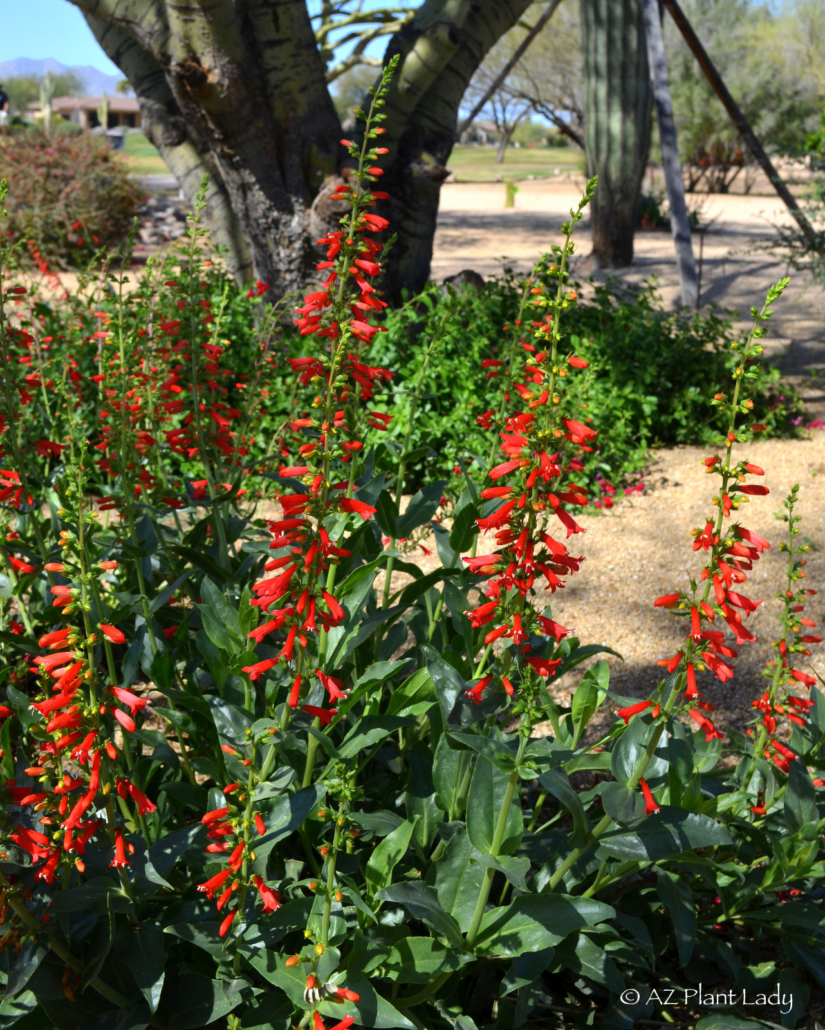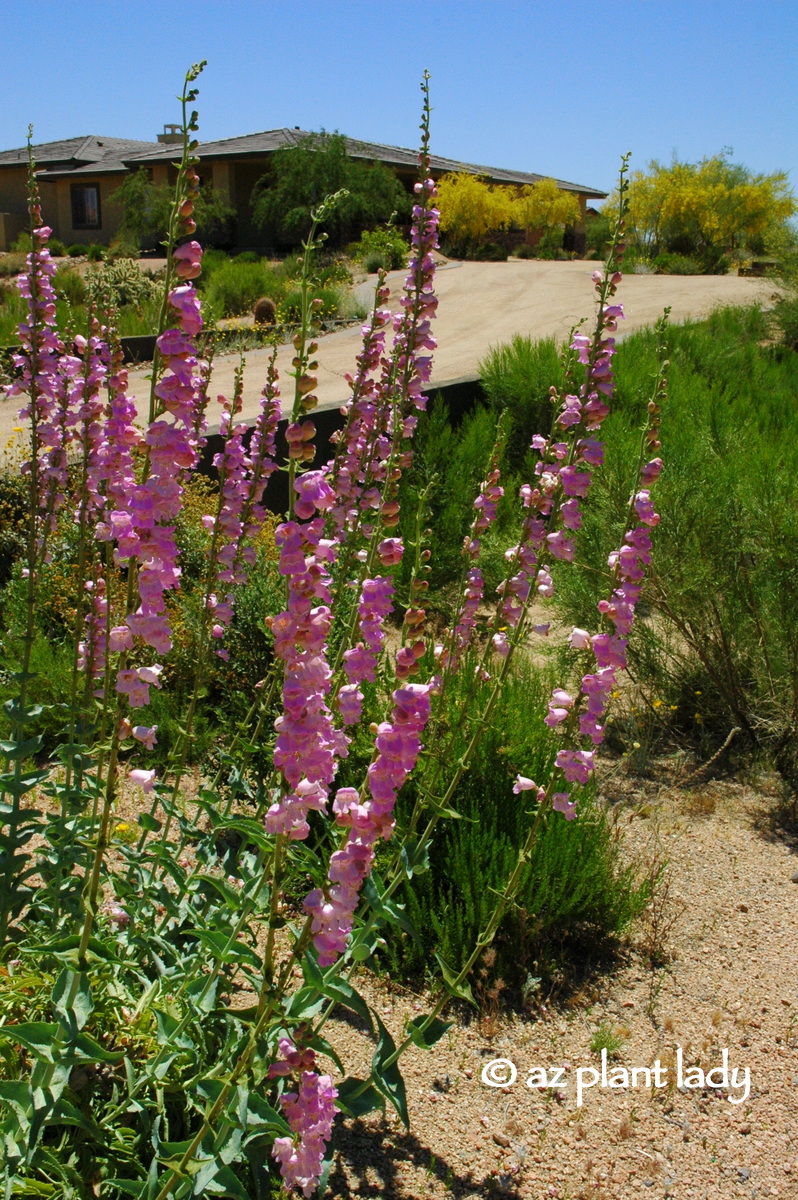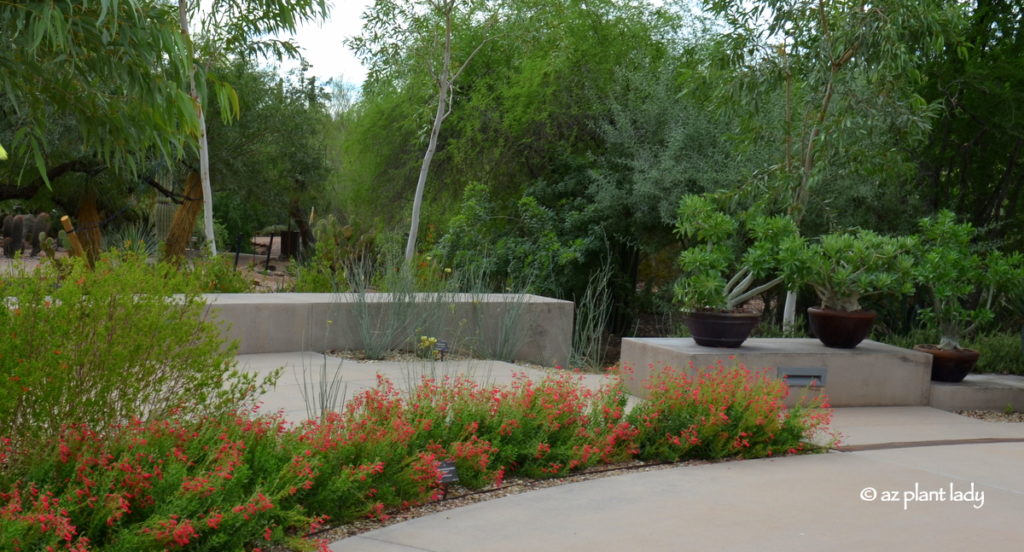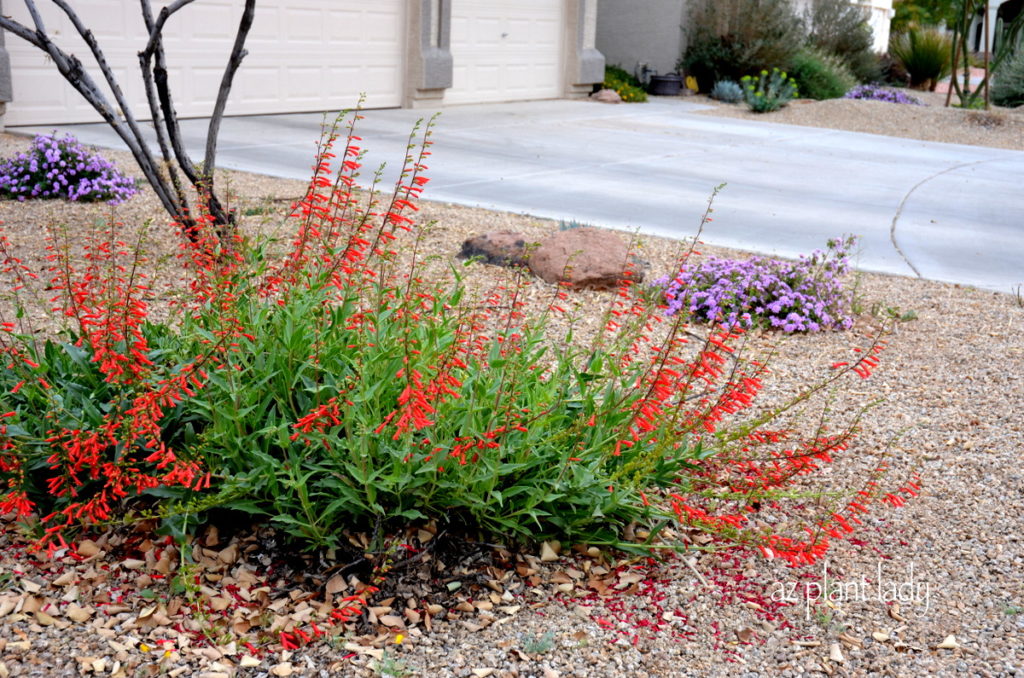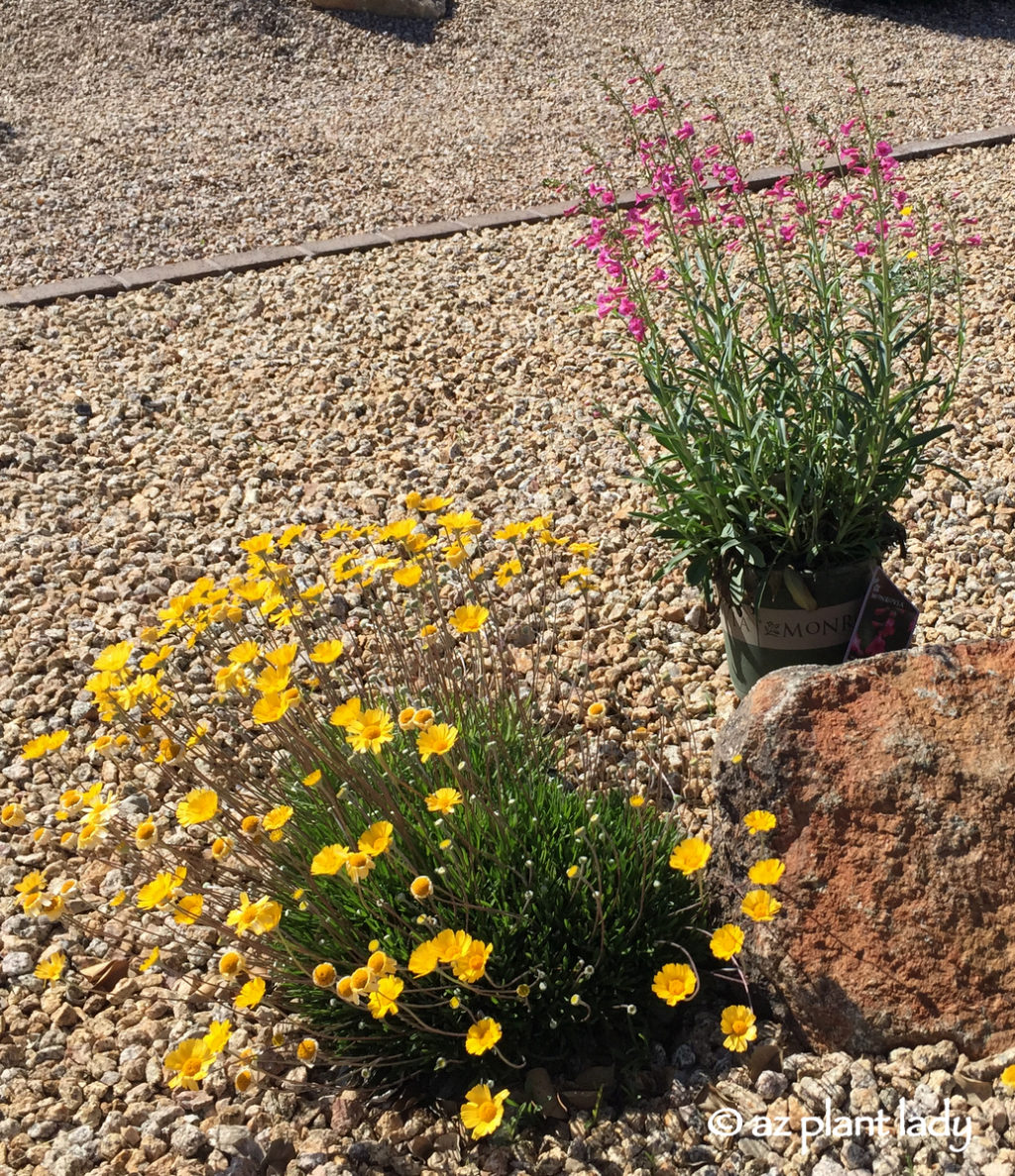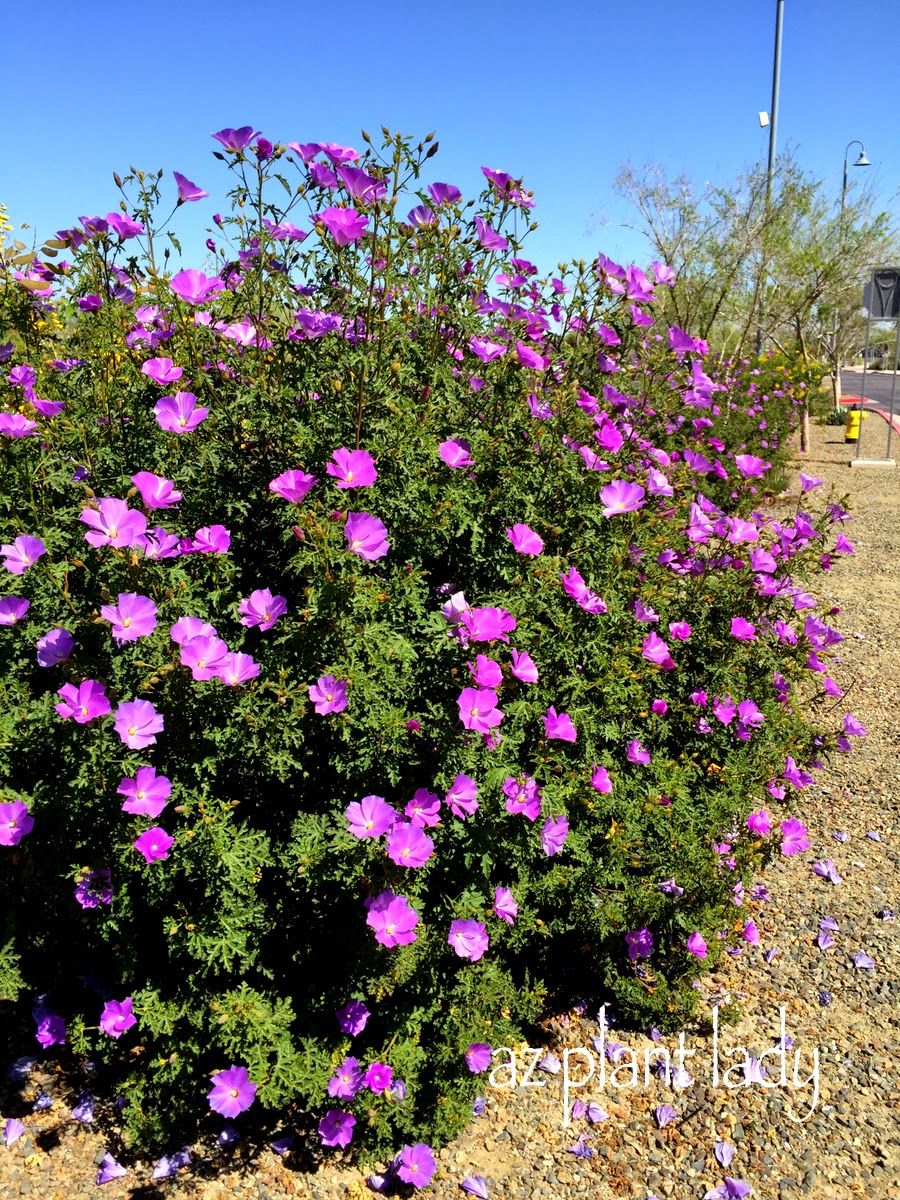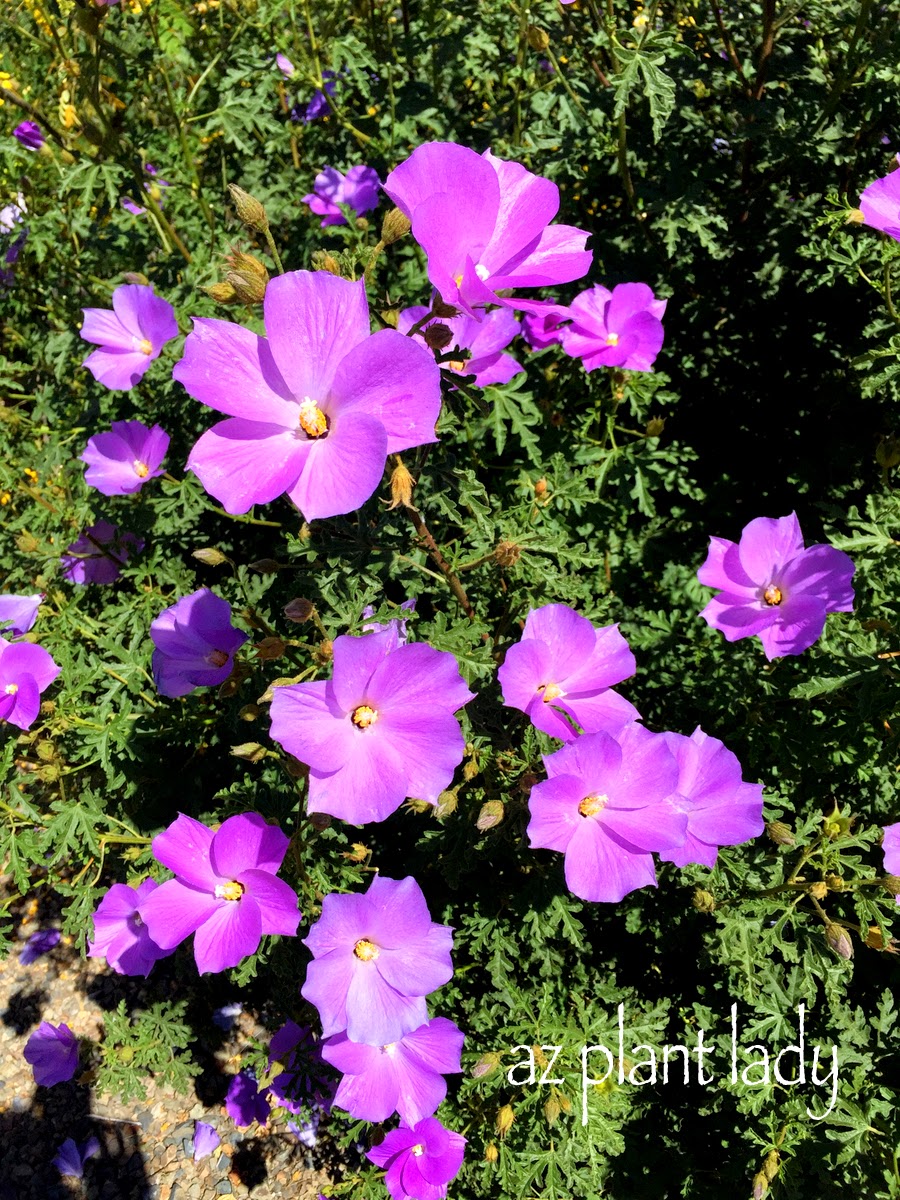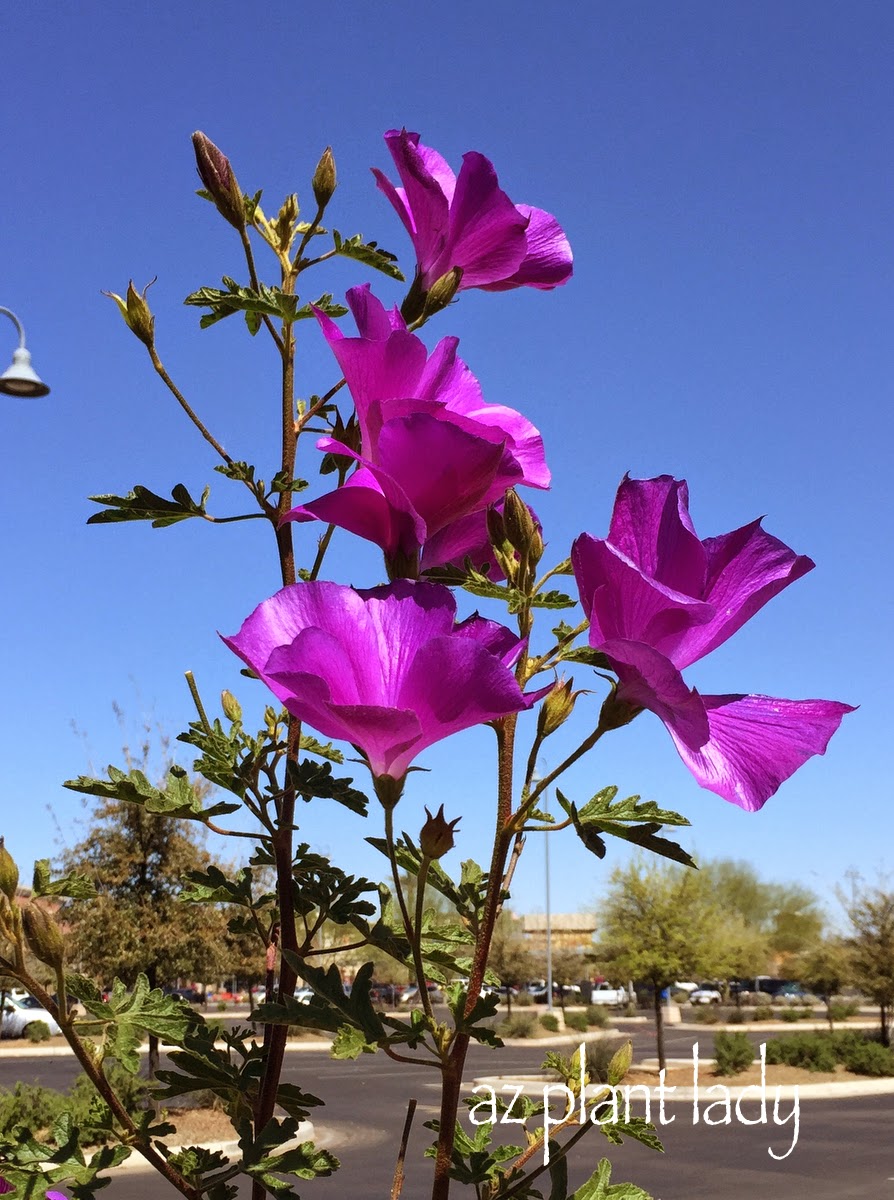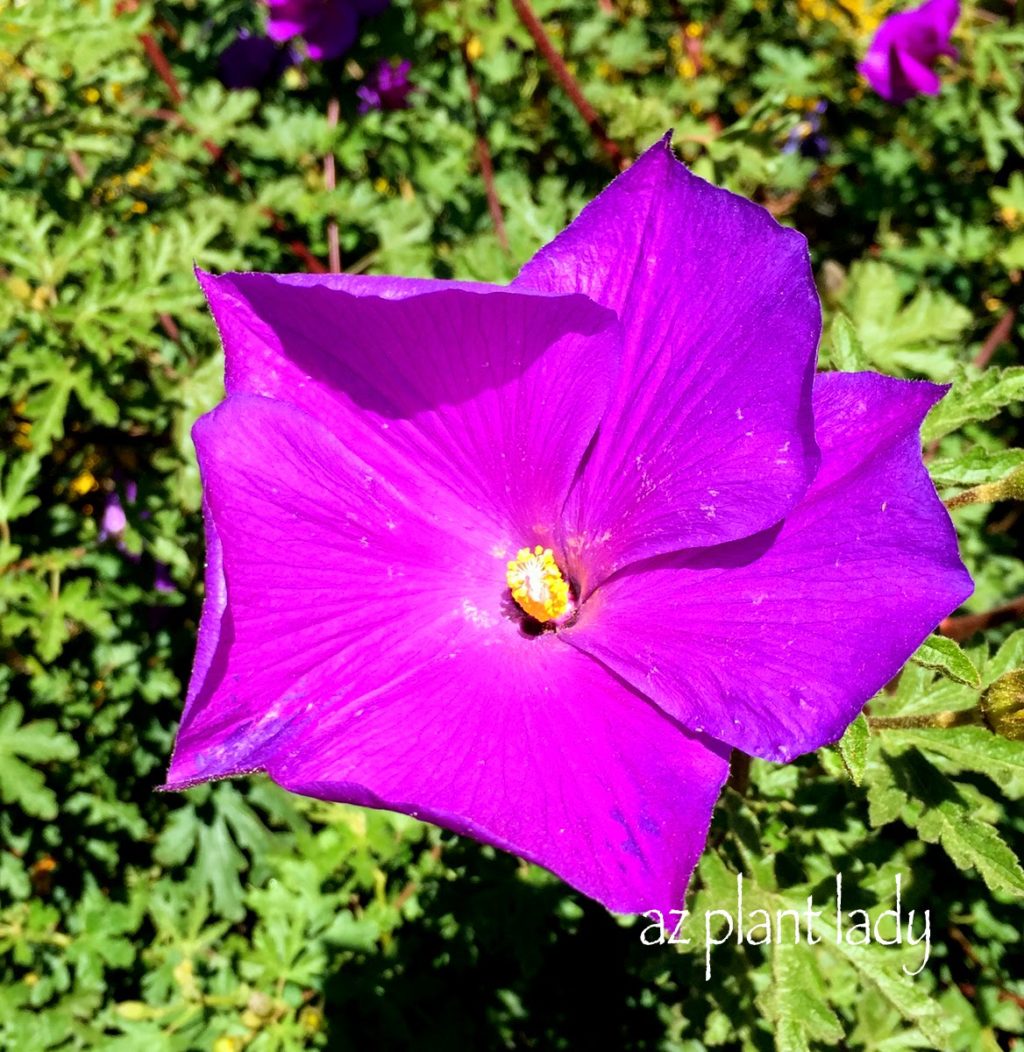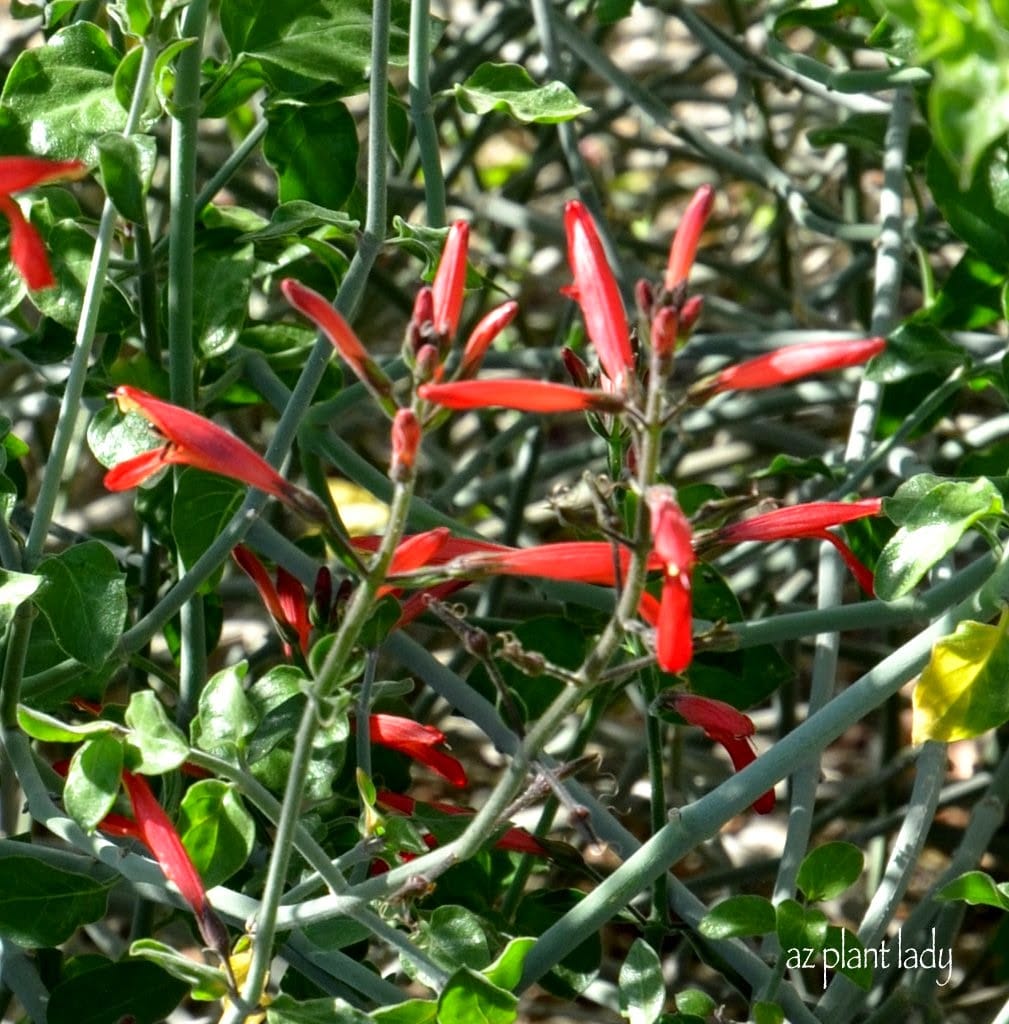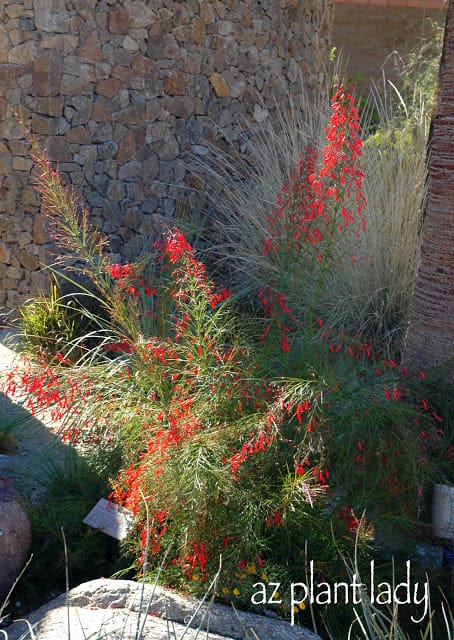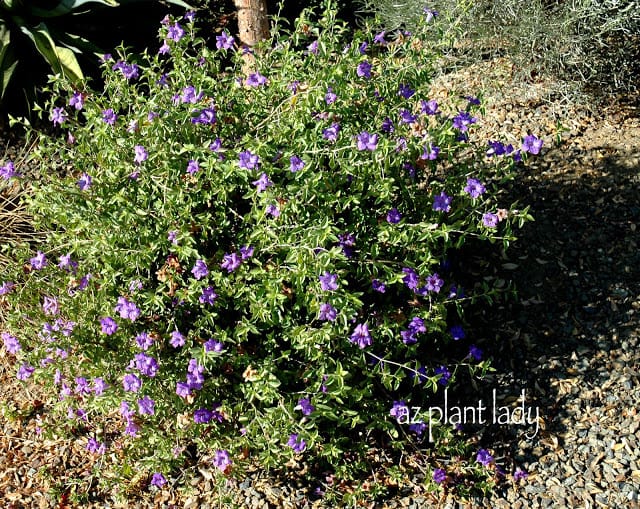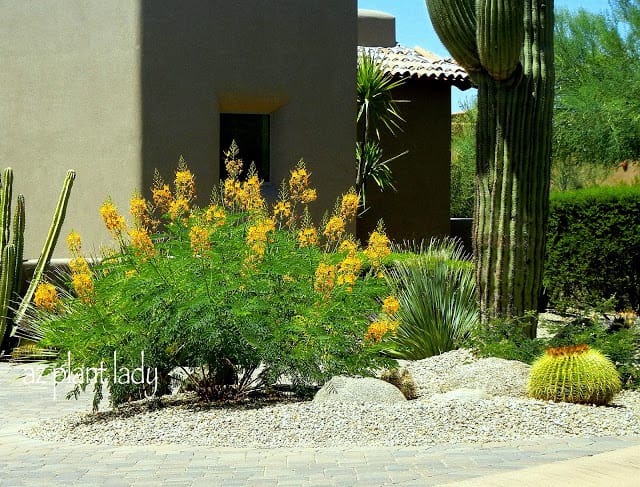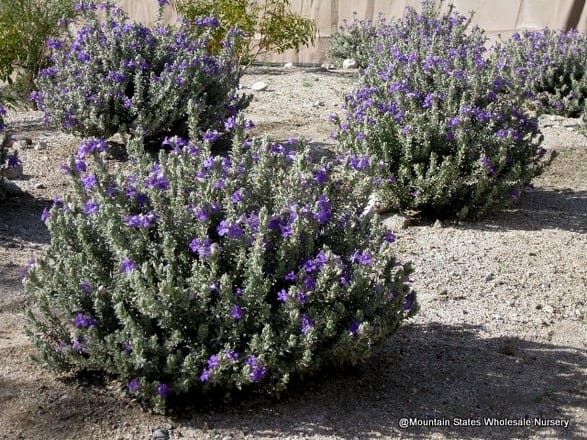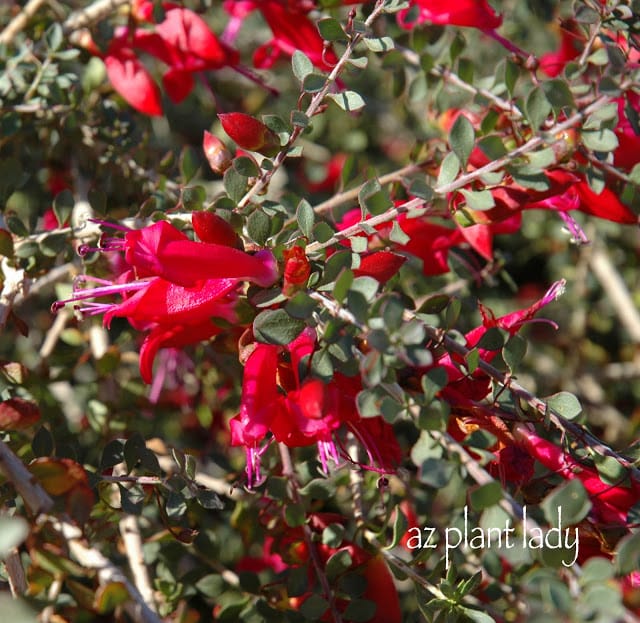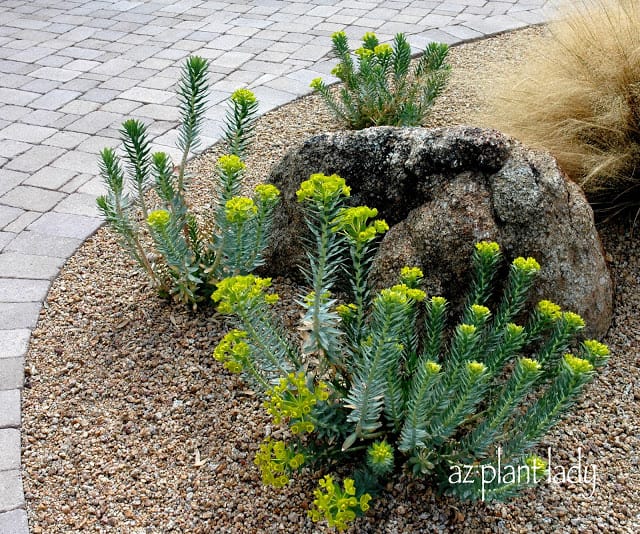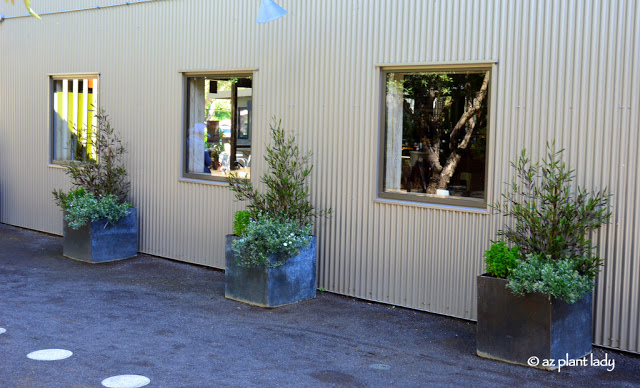
Exploring Unconventional Container Plants
What type of plants comes to mind when you are planning what to plant in your containers?
I’m willing to bet that purple hopbush (Dodonaea viscosa ‘Purpurea’) and bush morning glory (Convolvulus cneorum) probably weren’t the first plants that came to mind.
Thinking Beyond the Blooms
Admittedly, I tend to think of using plants known for their flowers or succulents in my containers. That is until a trip to California that I took this past April.
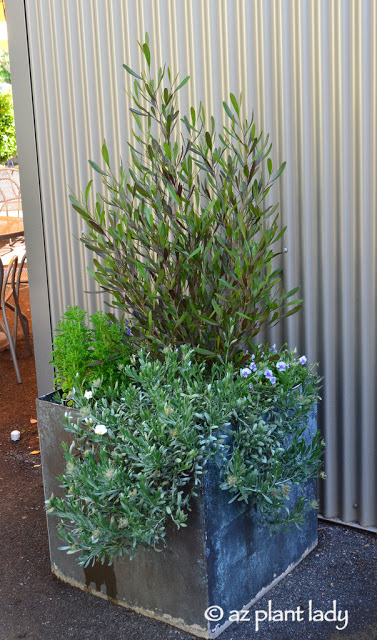
A Visit to Cornerstone Sonoma
In the picturesque Napa Valley region of northern California, sits Cornerstone Sonoma, which describes itself as “a wine country marketplace featuring a collection of world-class shopping, boutique wine rooms, artisanal foods, art-inspired gardens.”
Believe me; it is all that and more.
Amidst all its offerings, it was the unconventional container plantings that captured my attention.
Unusual Choices in Container Plants
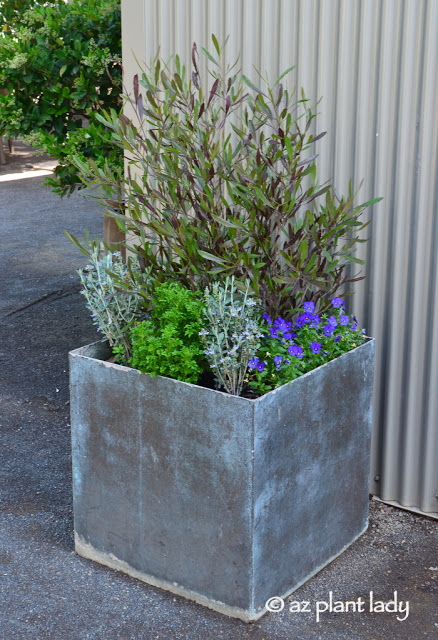
Purple hopbush (Dodonaea viscosa ‘Purpurea’), shrubby germander (Teucrium fruiticans), and violas.
Intriguingly, I discovered square steel containers filled with plants celebrated for their foliage, a departure from the typical container plantings I was accustomed to.
These unique designs were creative and beautiful.
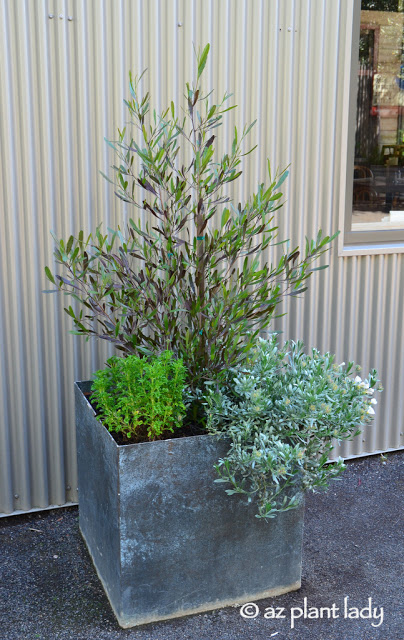
The Appeal of Foliage-Focused Container Plantings
There were quite a few things about this type of container planting that appealed to me.
One, it is low-maintenance – no deadheading required. Just some light pruning 2 – 3 times a year, to control their size. Second, the plants are all drought tolerant (with the exception of the violas). Lastly, I like seeing new ways of doing things and using plants prized for their foliage in containers is something we don’t see too often.
Replicating the Concept with Container Plants at Home
Fast forward a few months, and I decided to rethink what to add to the large, blue planter by my front entry. So, I thought, why not try the same arrangement?
Smaller but Promising

Granted, the plants are smaller than those I saw in California, but given a few months, they should grow in nicely.
As you can see my new plants are rather mall, however, the purple hopbush will grow taller and its evergreen foliage will add shades of purple and green to this space. Furthermore, this shrub is one of those highly-prized plants that do well in both sun and filtered shade.
Embracing Foliage Diversity
The silvery-gray foliage of bush morning glory creates a great color contrast with the darker greens of the other plants. While it may not flower much in this semi-shady corner, I want it for its silvery foliage.
Adding Greenery to the Mix
In addition, I want to use a plant that has bright green foliage, so I have a single foxtail asparagus fern (Asparagus densiflorus Myers), which will thrive in this semi-shady exposure.
Maintenance will be relatively simple with periodic pruning to keep wayward branches in check. Fertilizing in spring and late summer with a slow-release fertilizer such as Osmocote will be all that’s needed to keep my container plants happy.
Do you have any plants with attractive foliage that you would use in containers?
From Trash to Treasure: Unique, Fuss-Free Container Plantings


